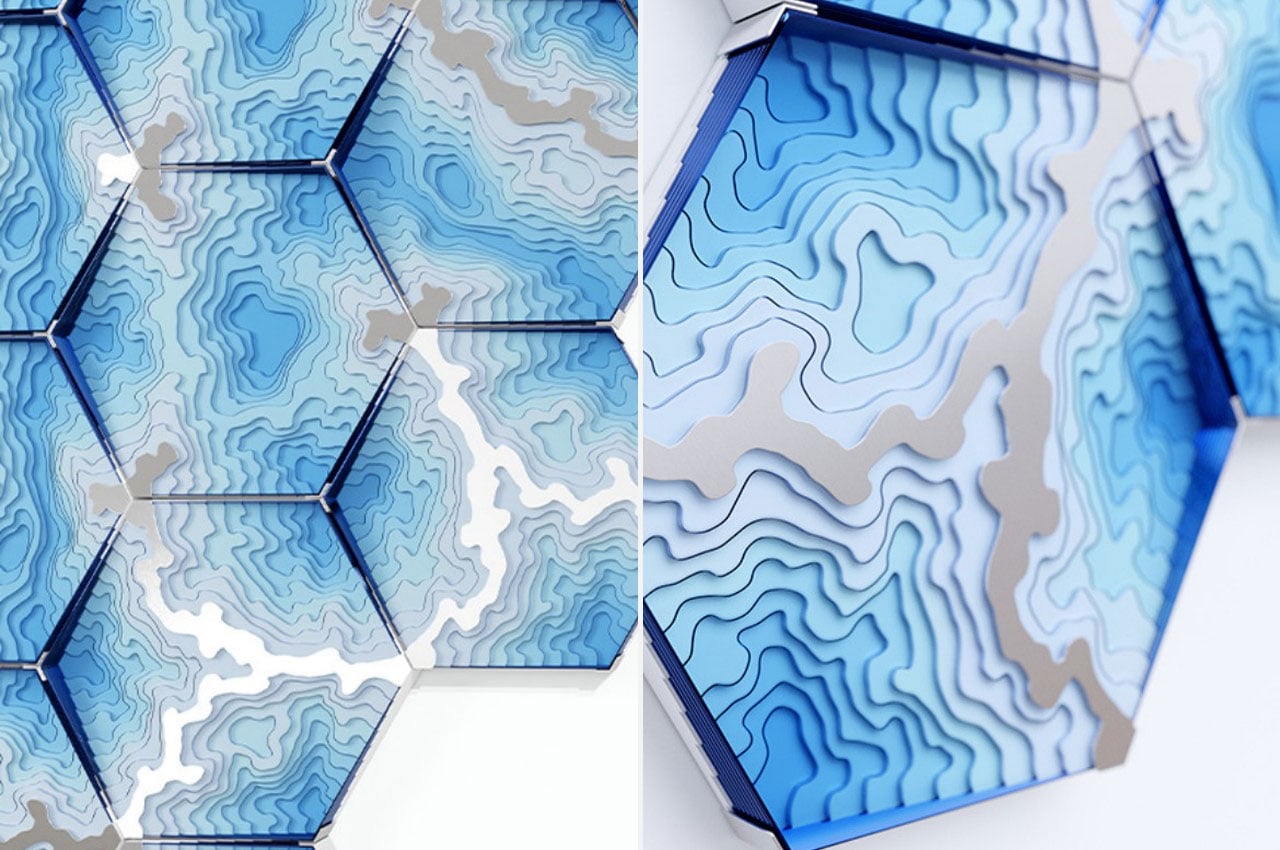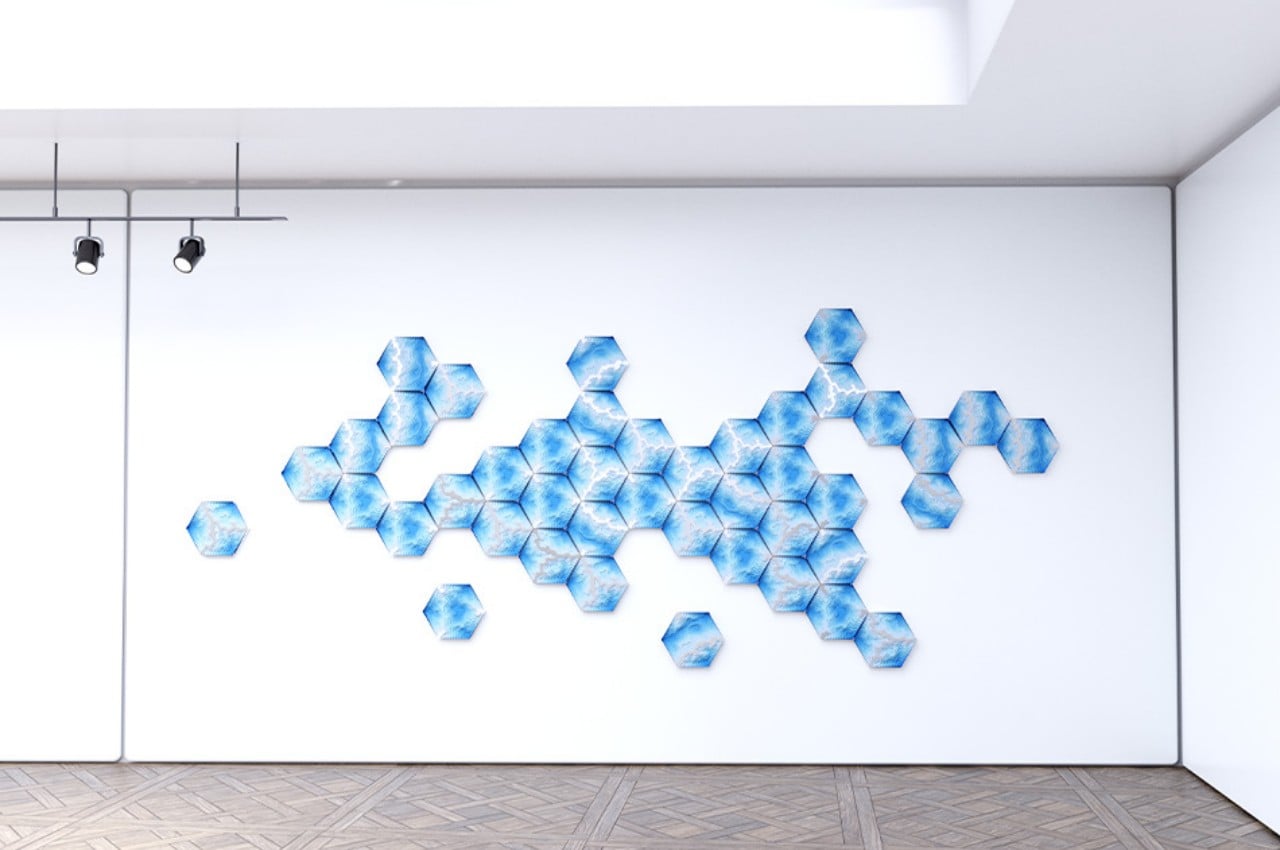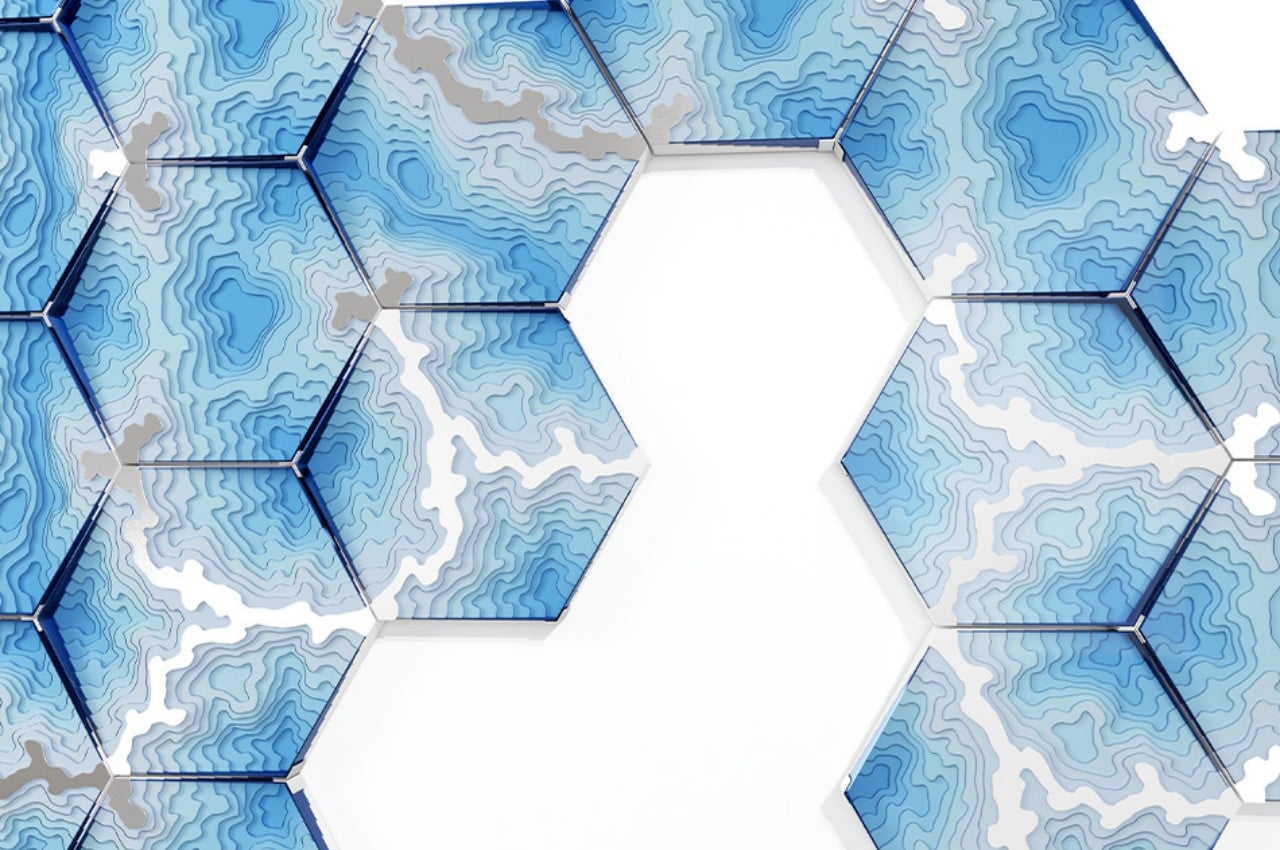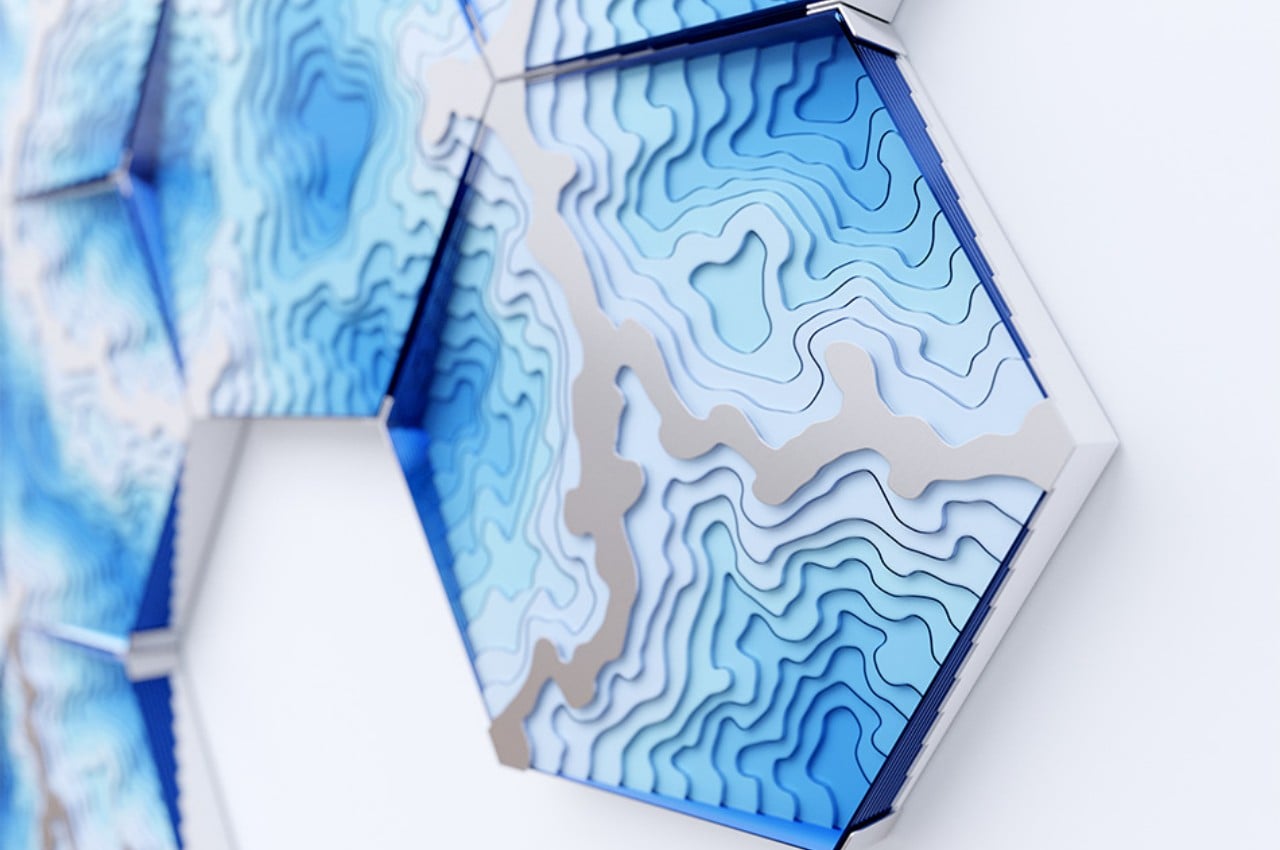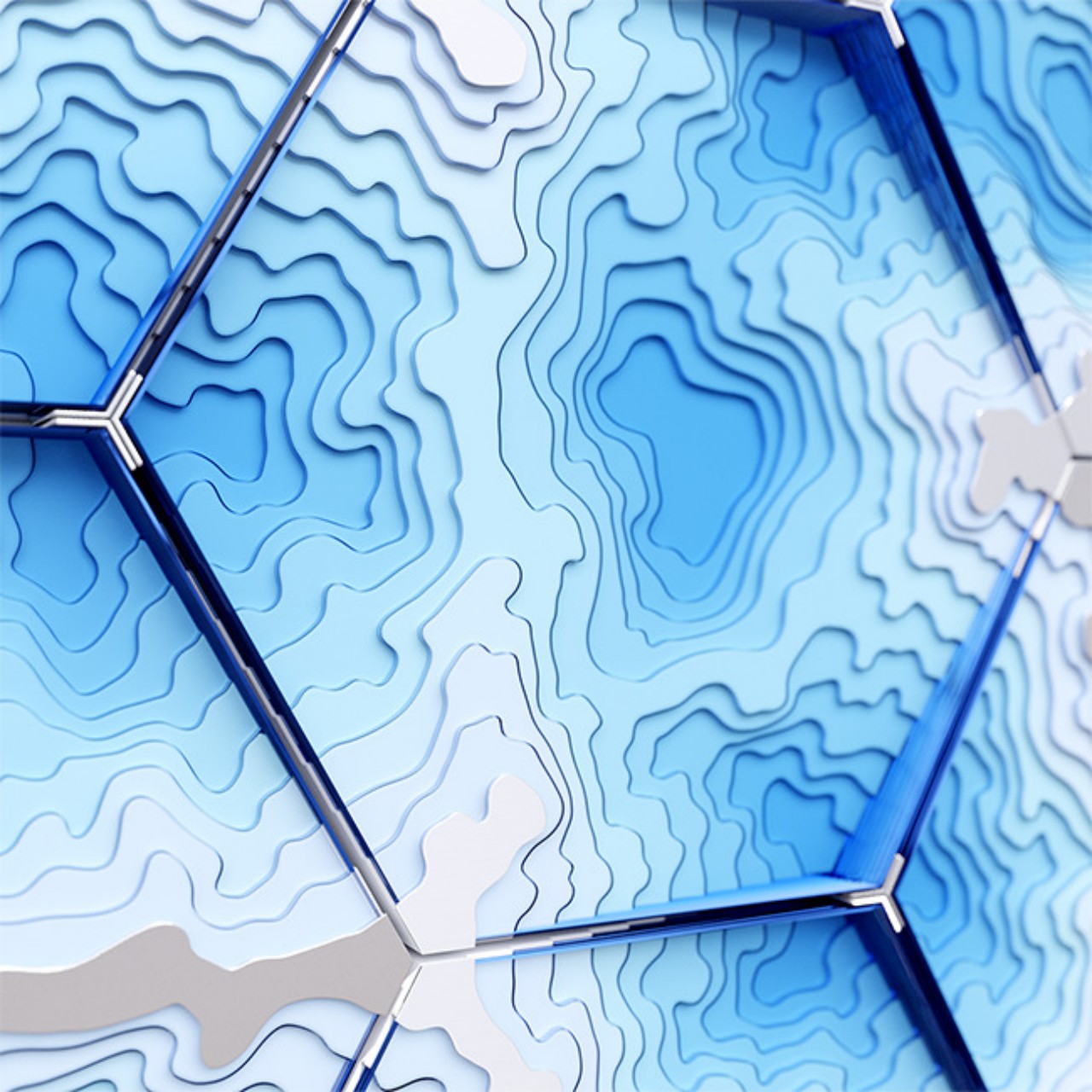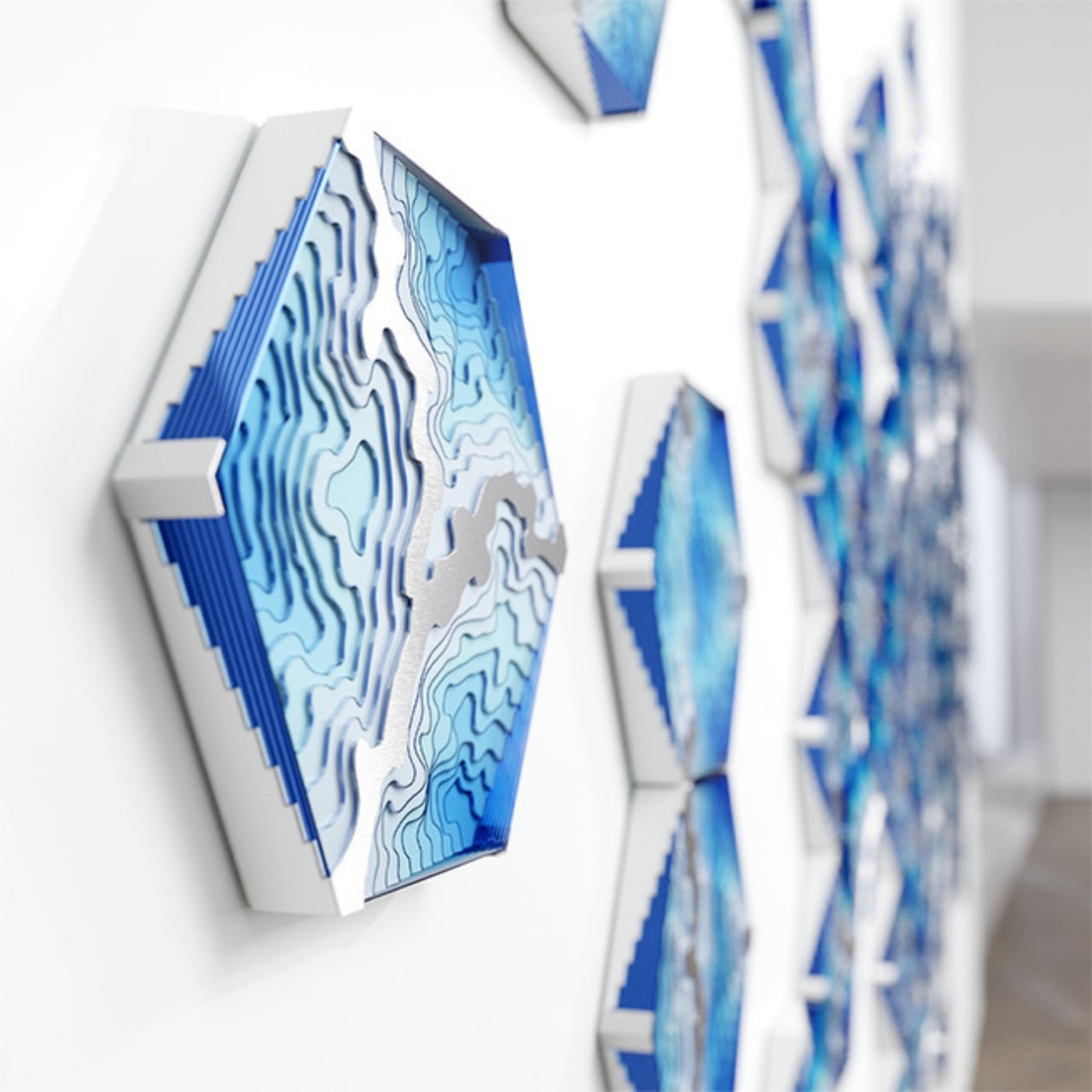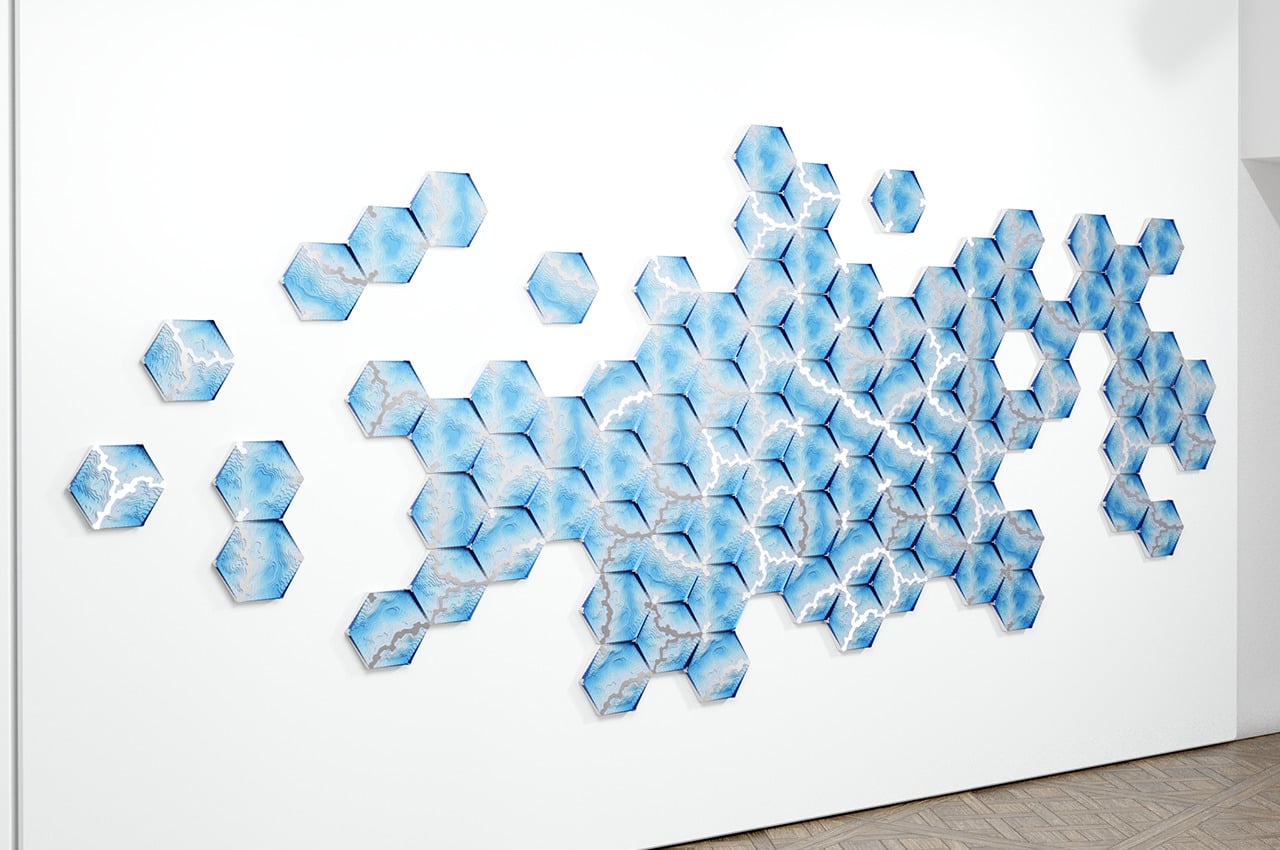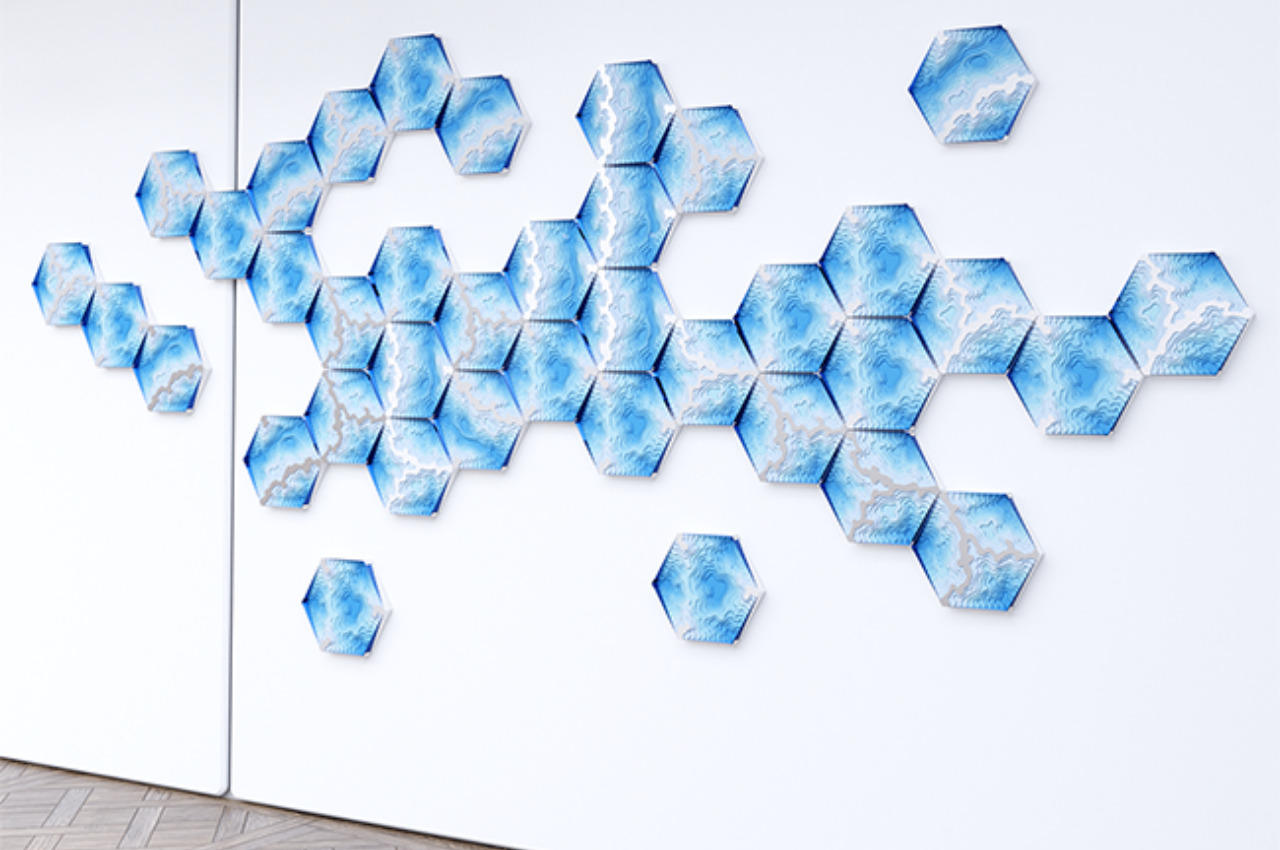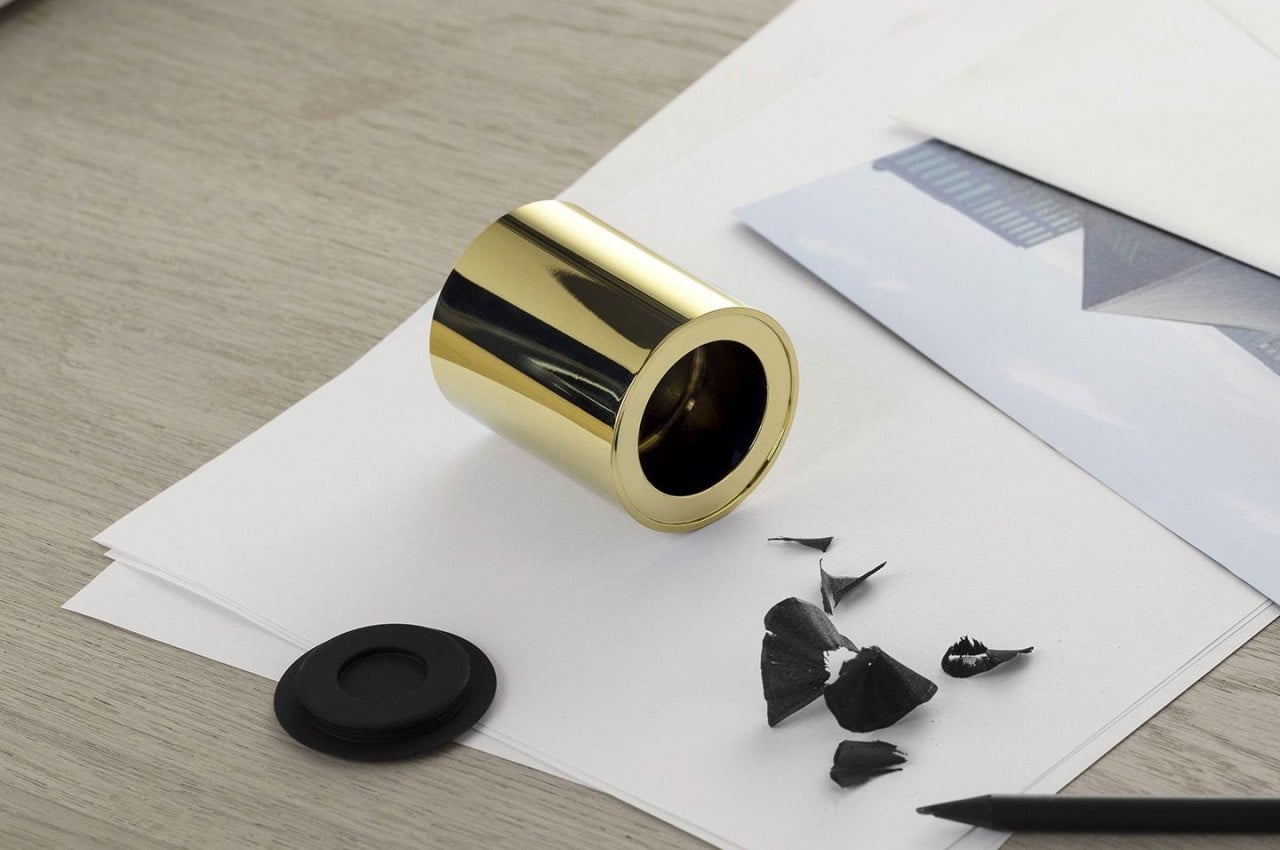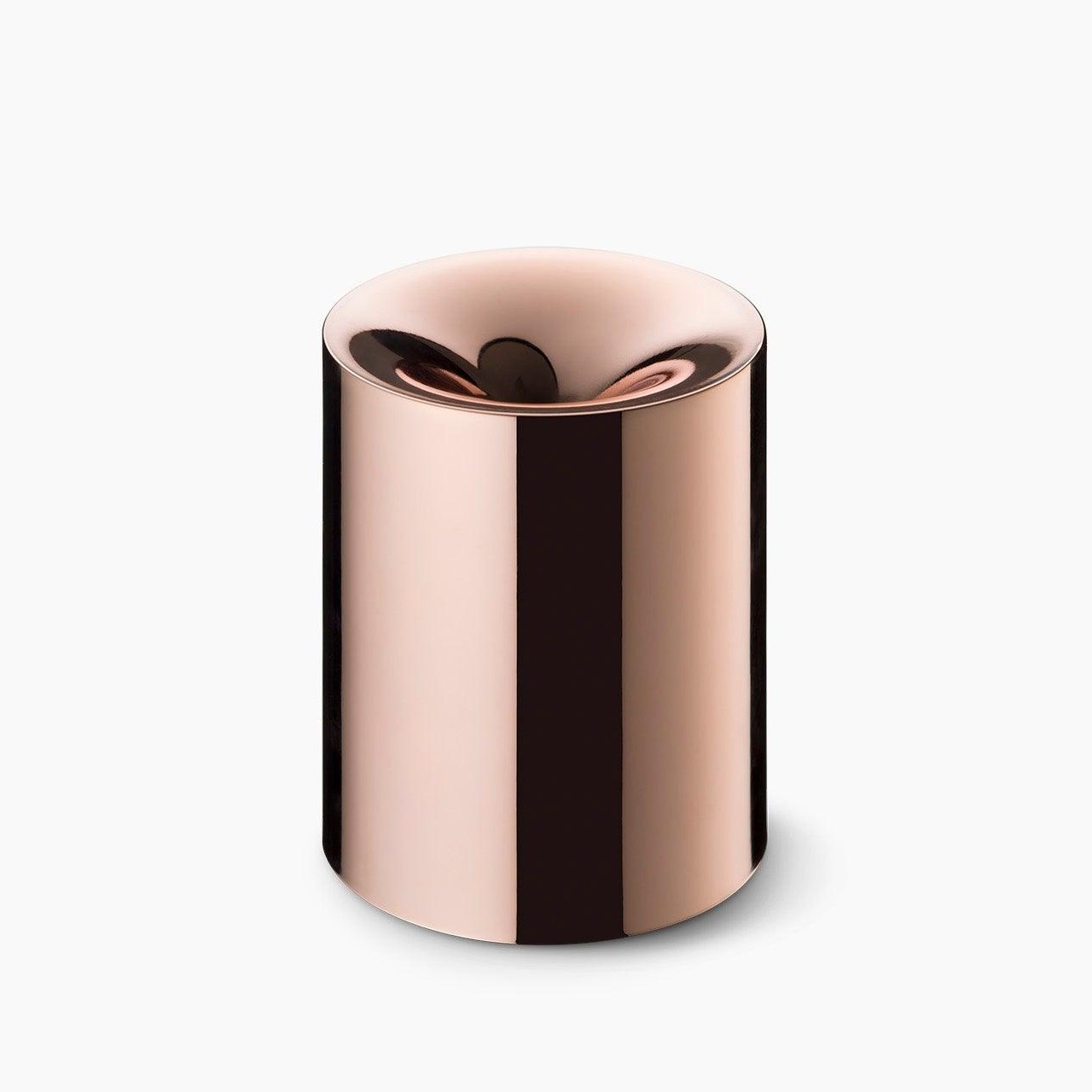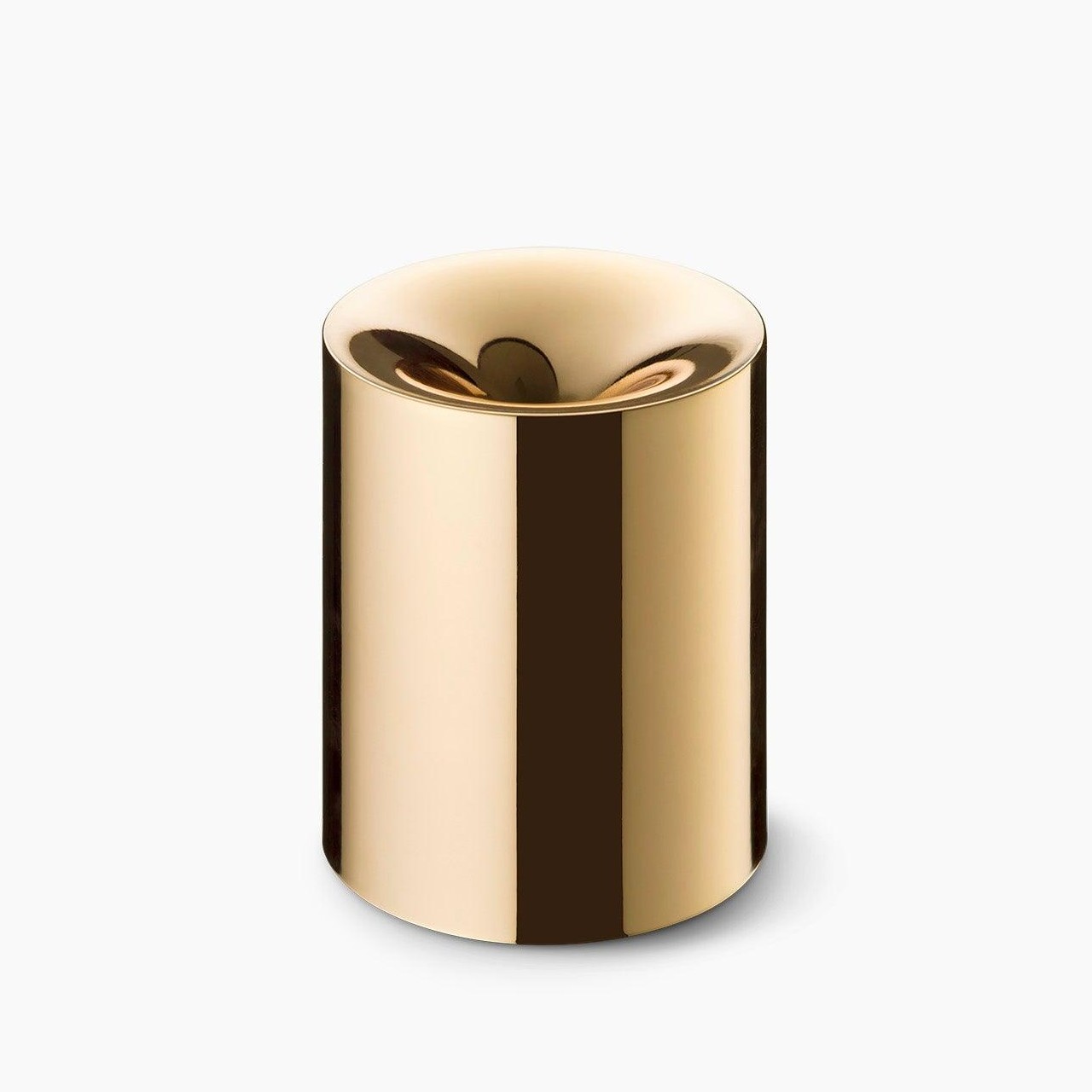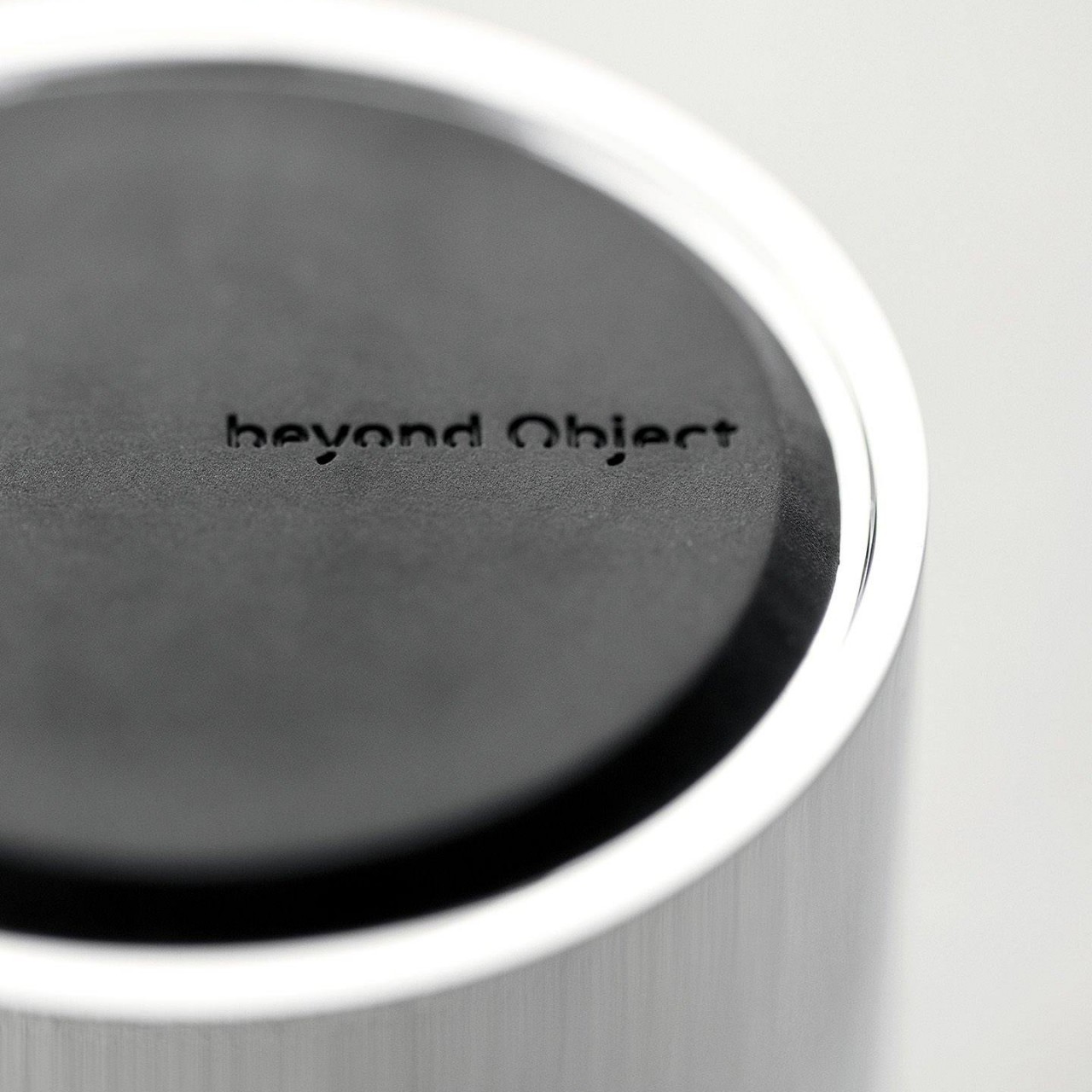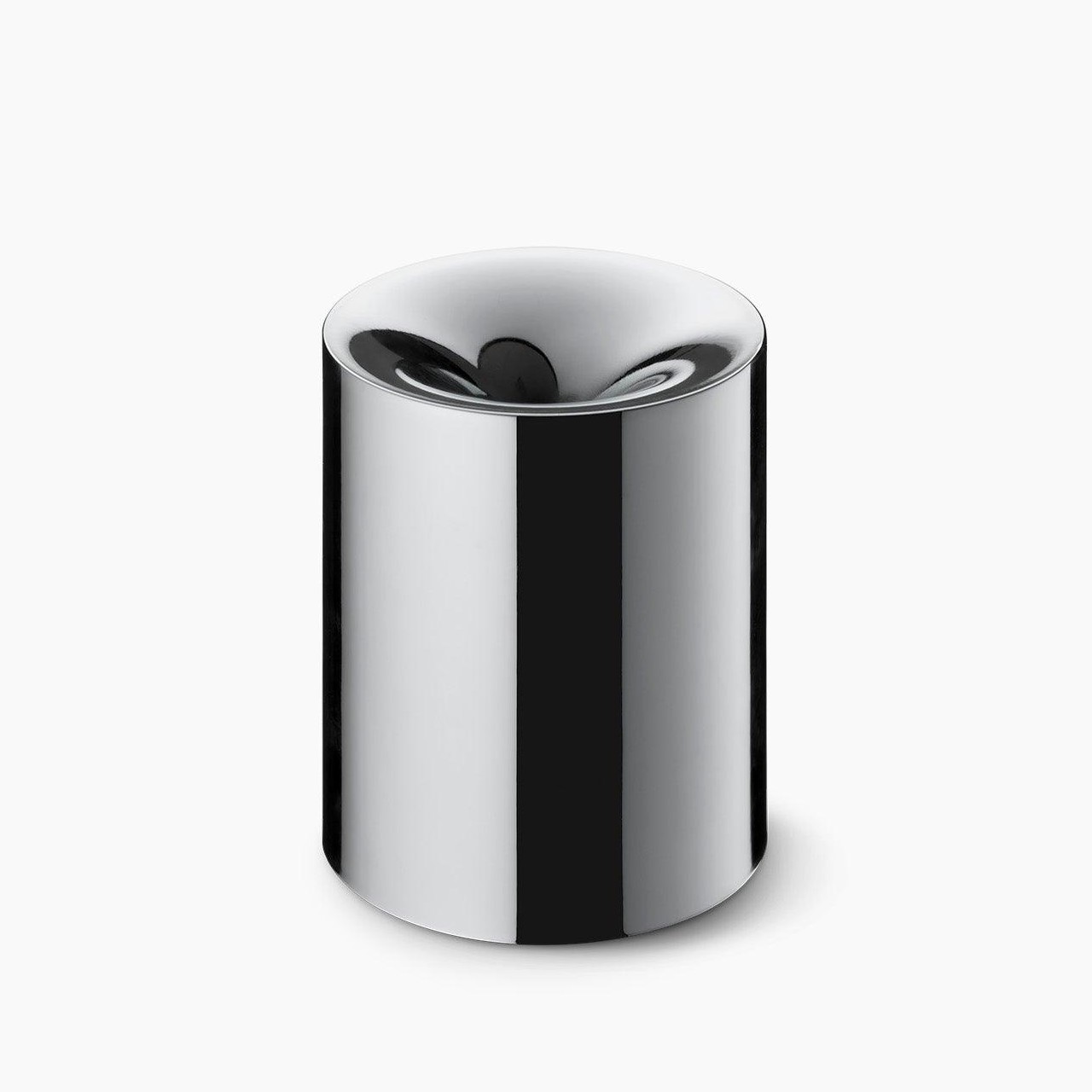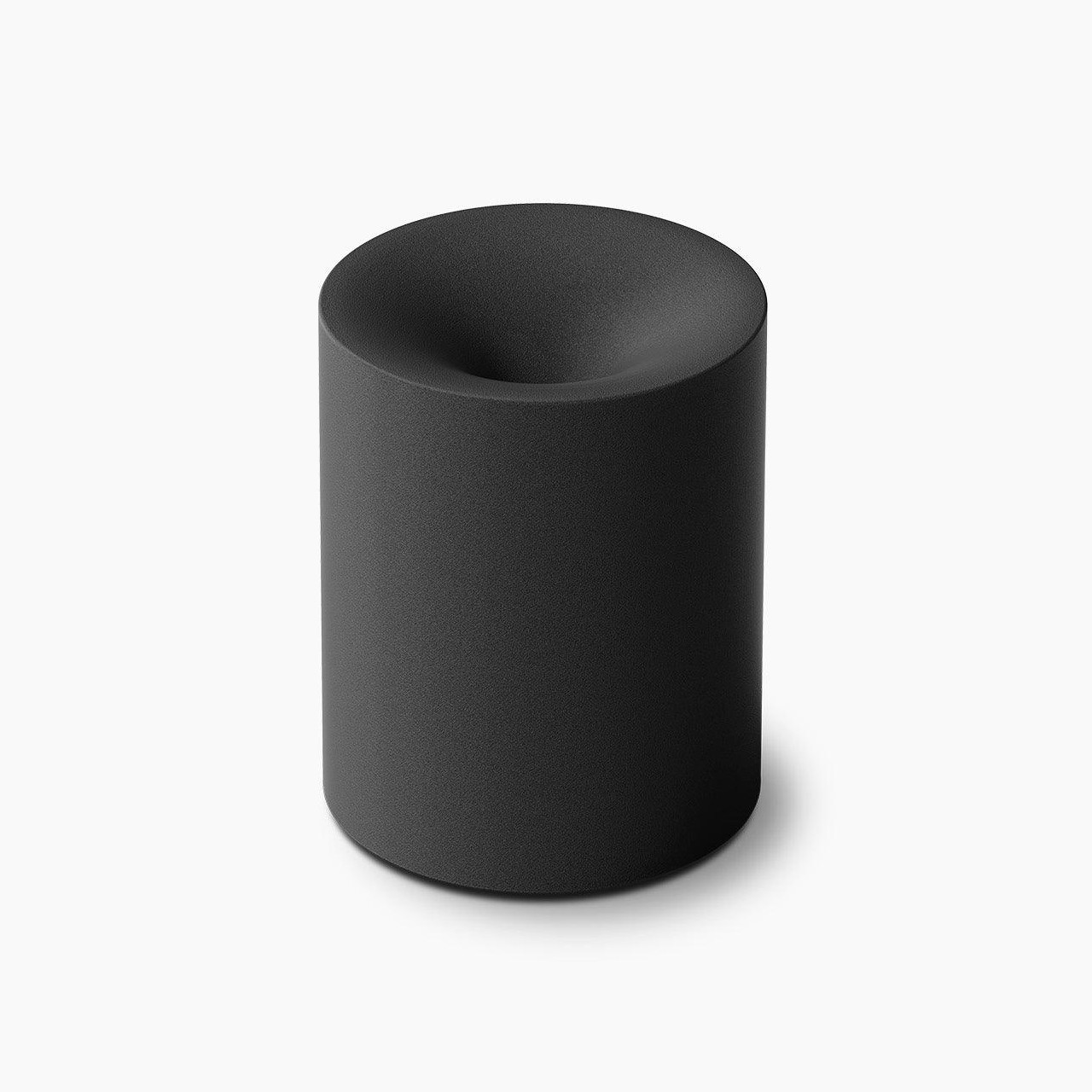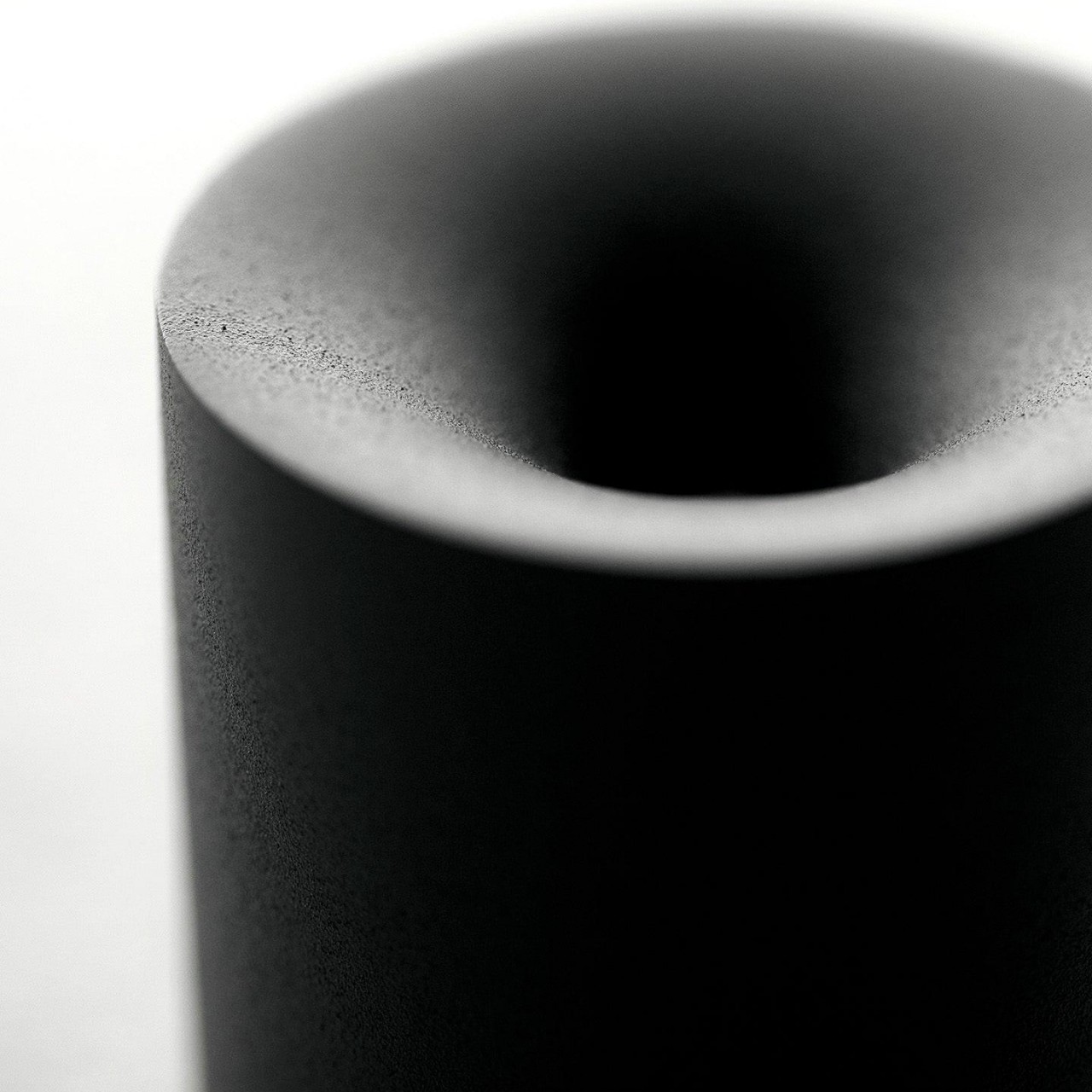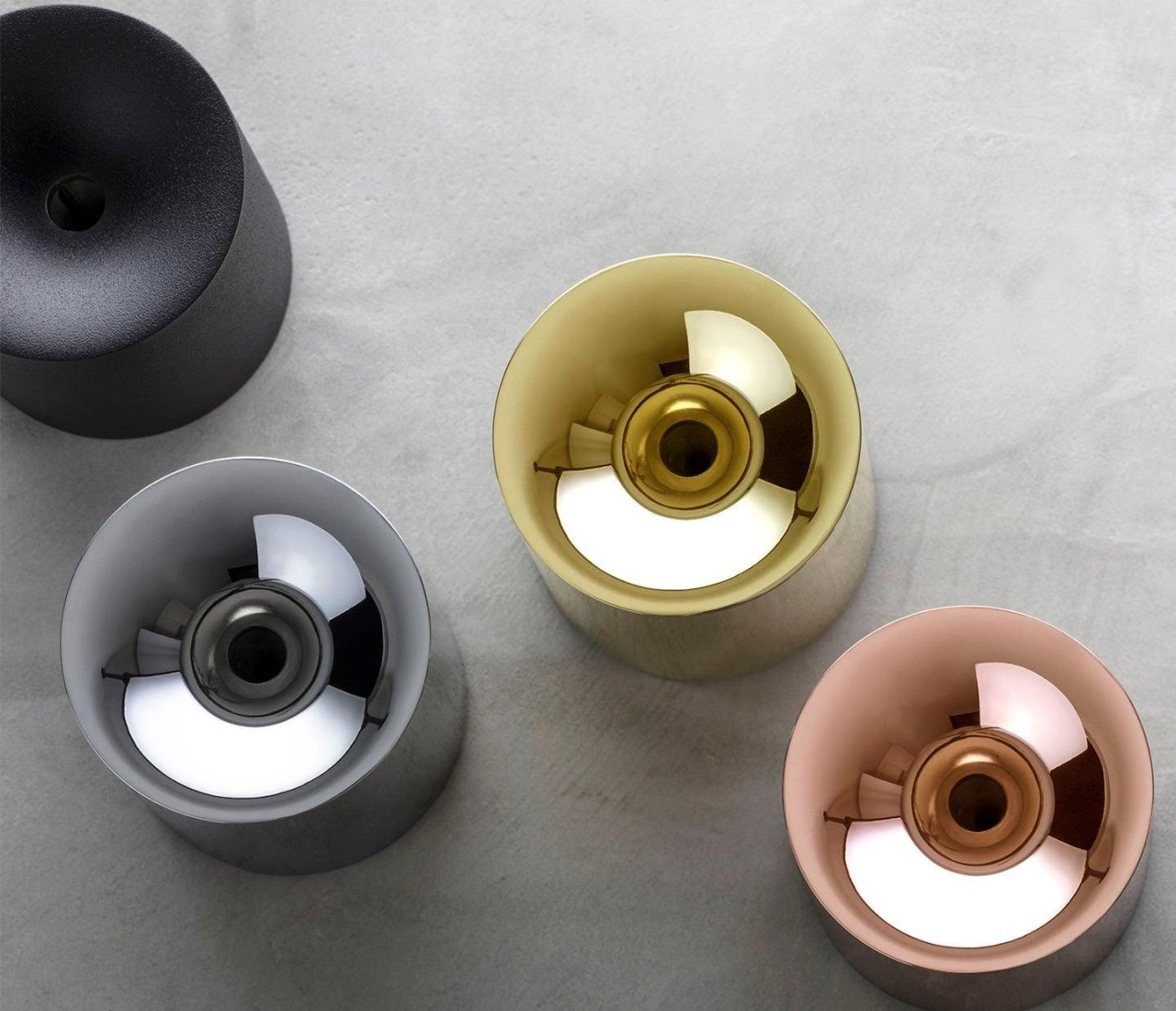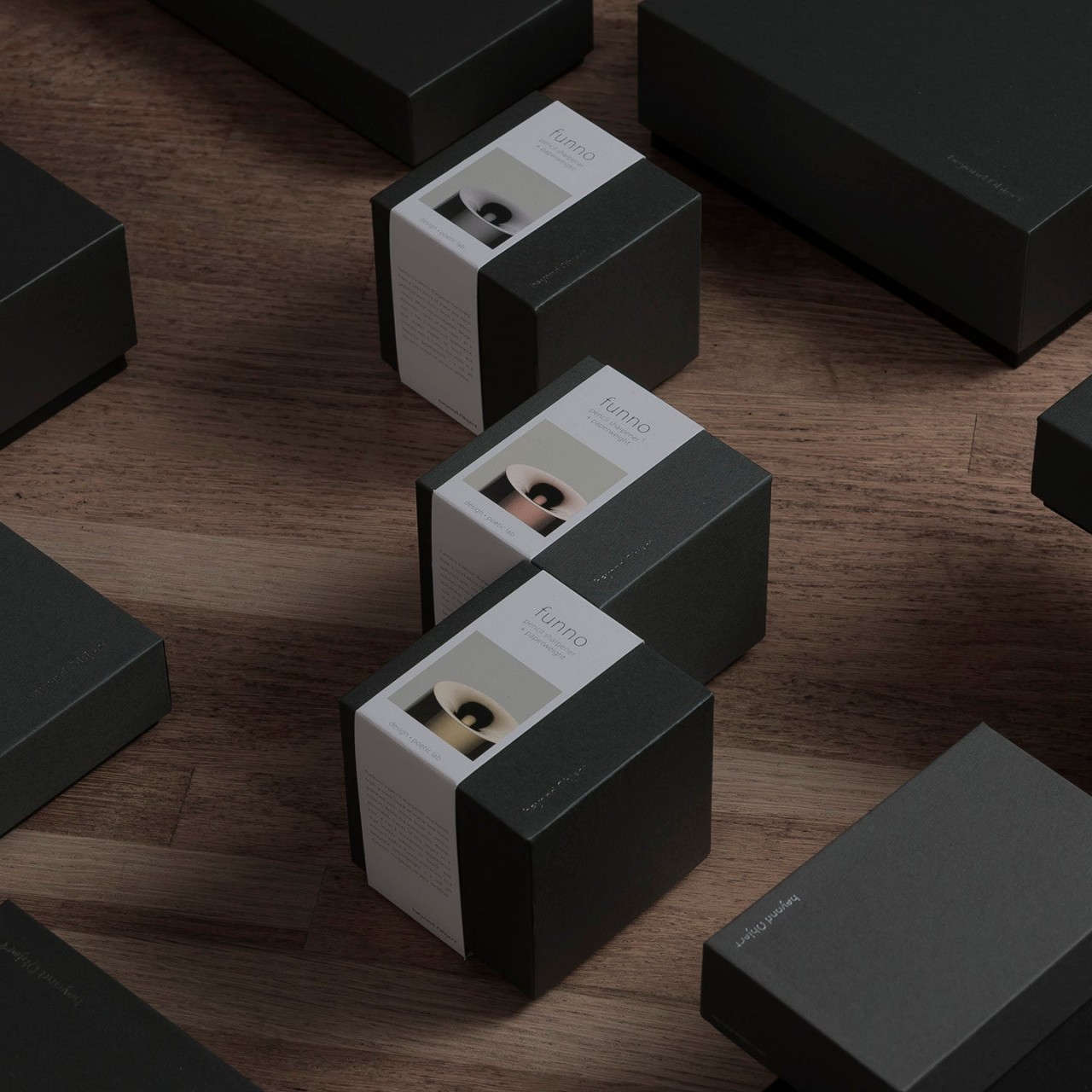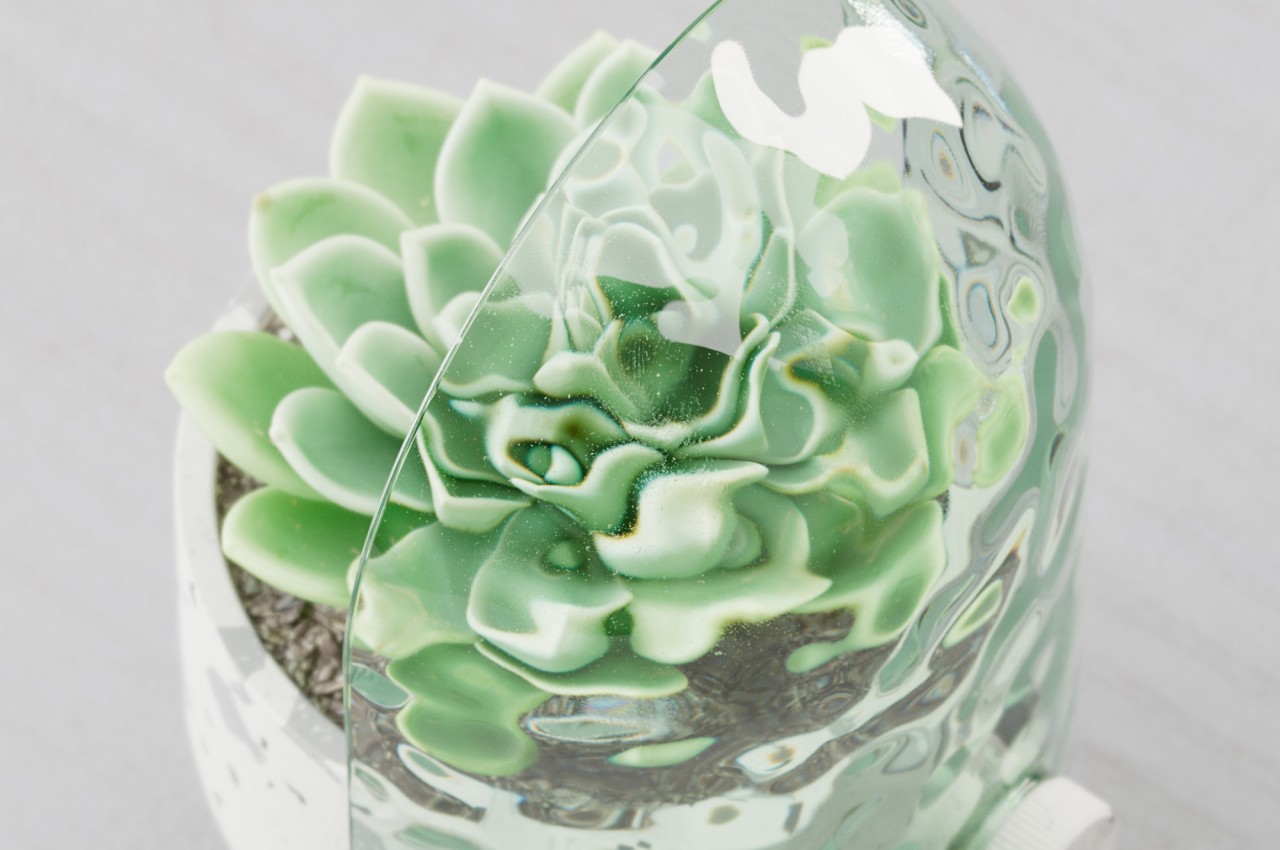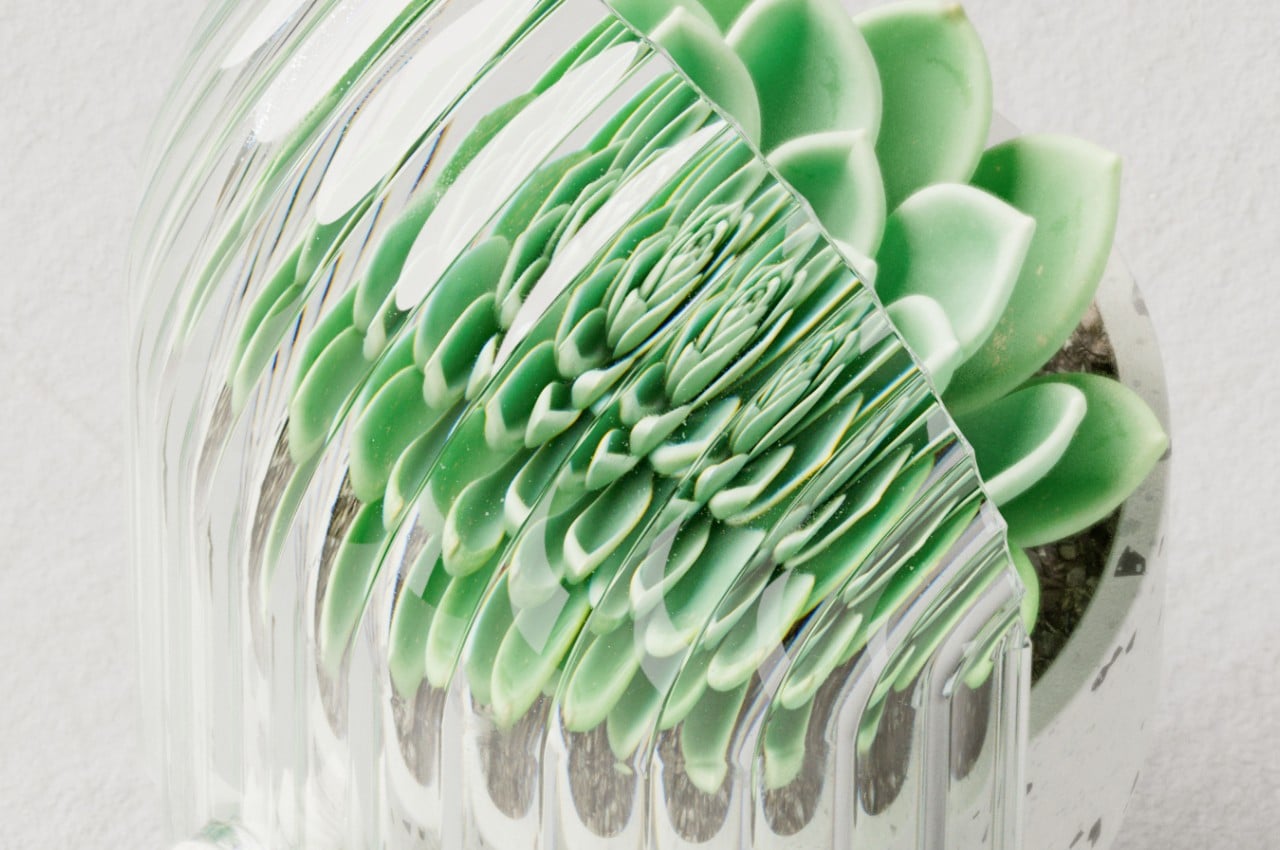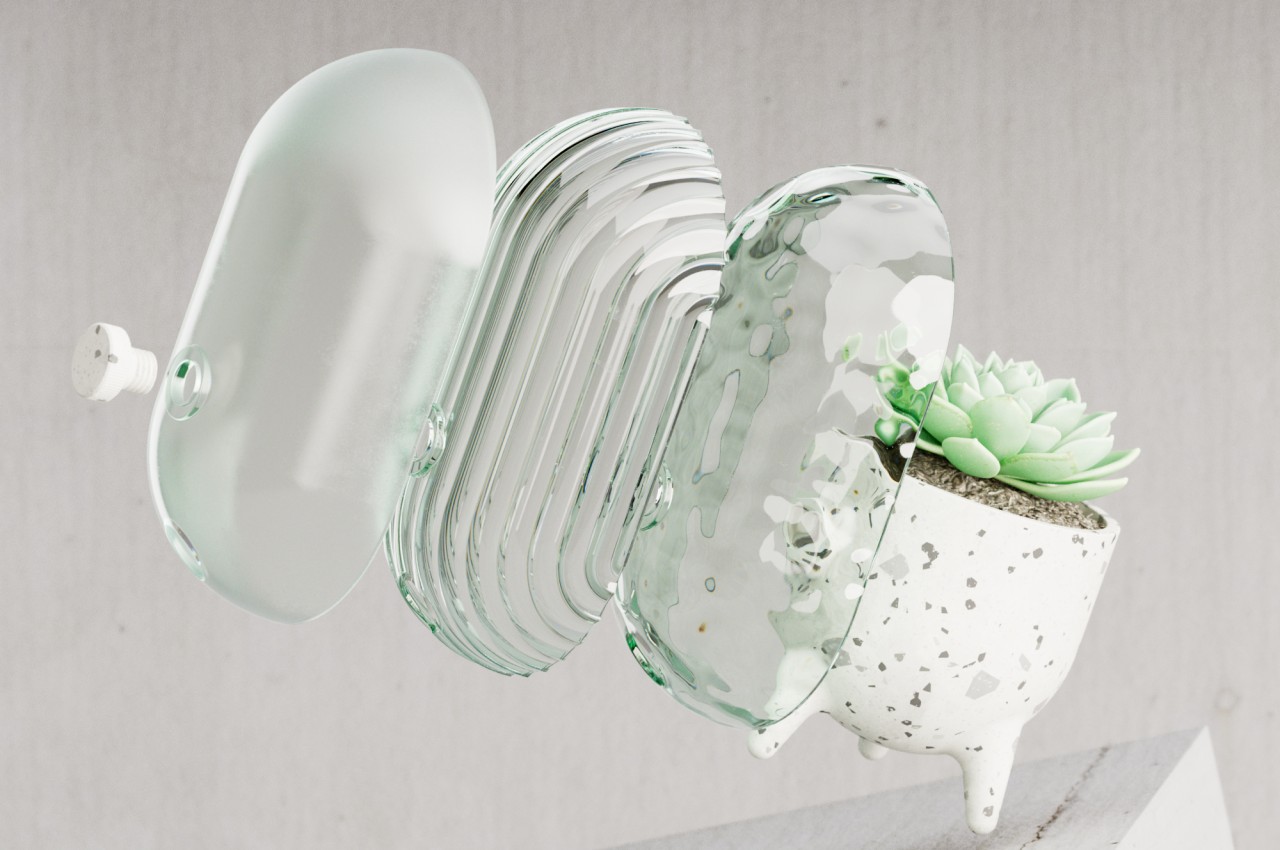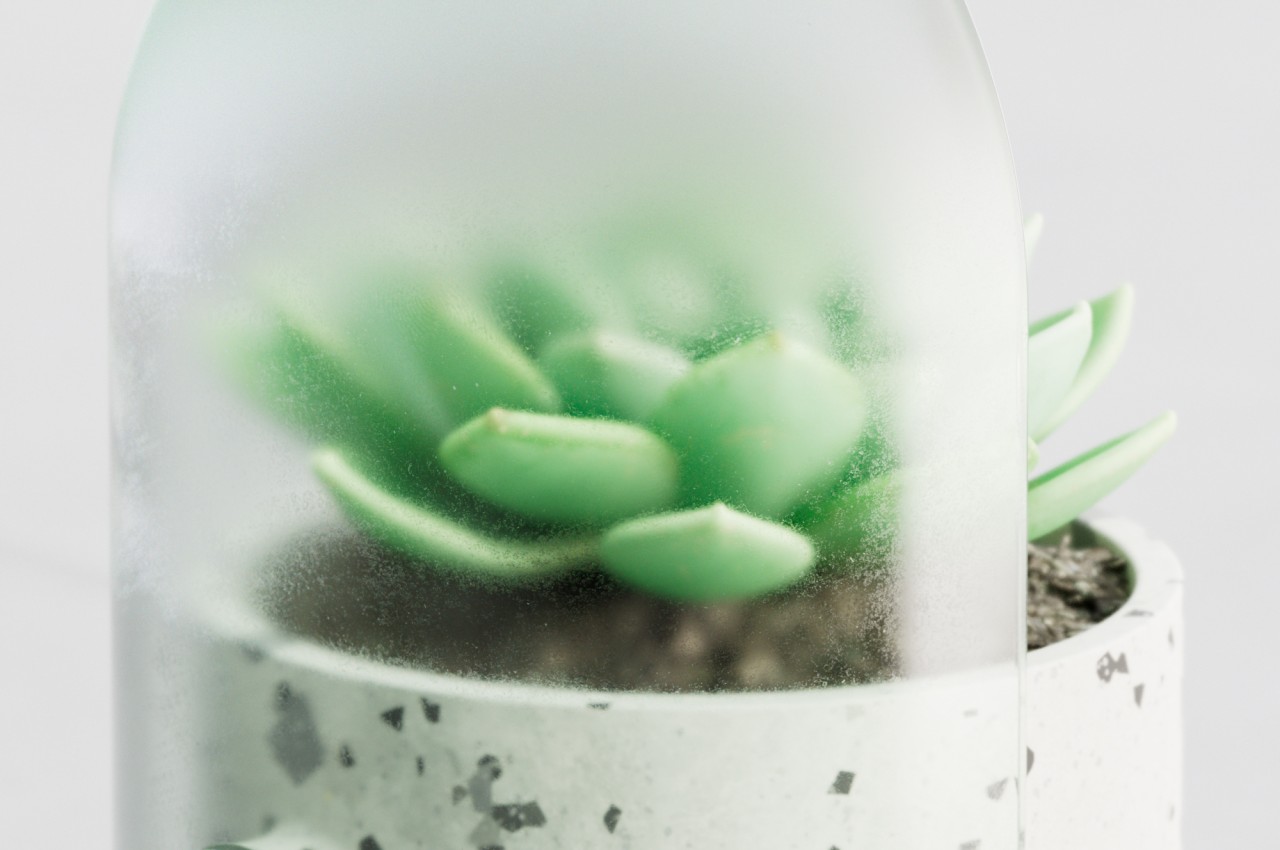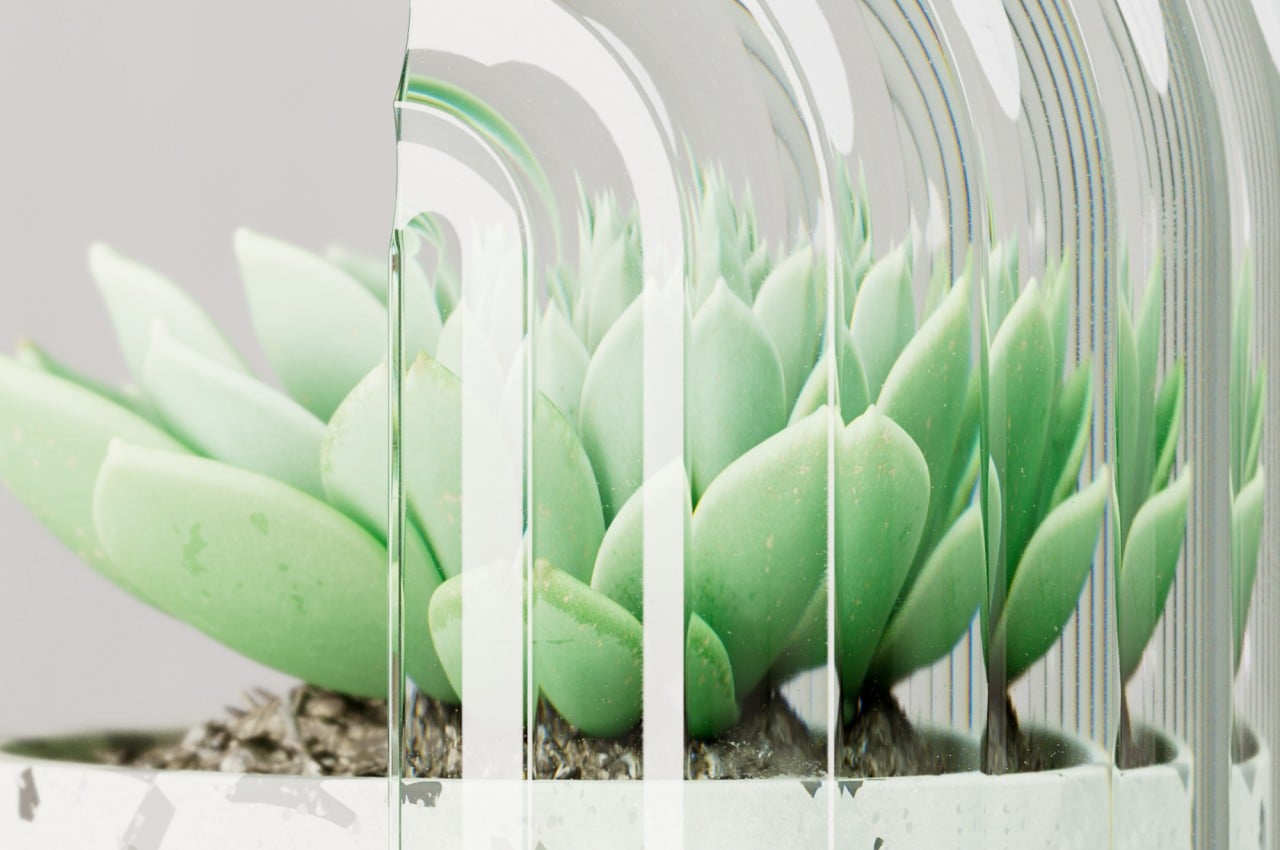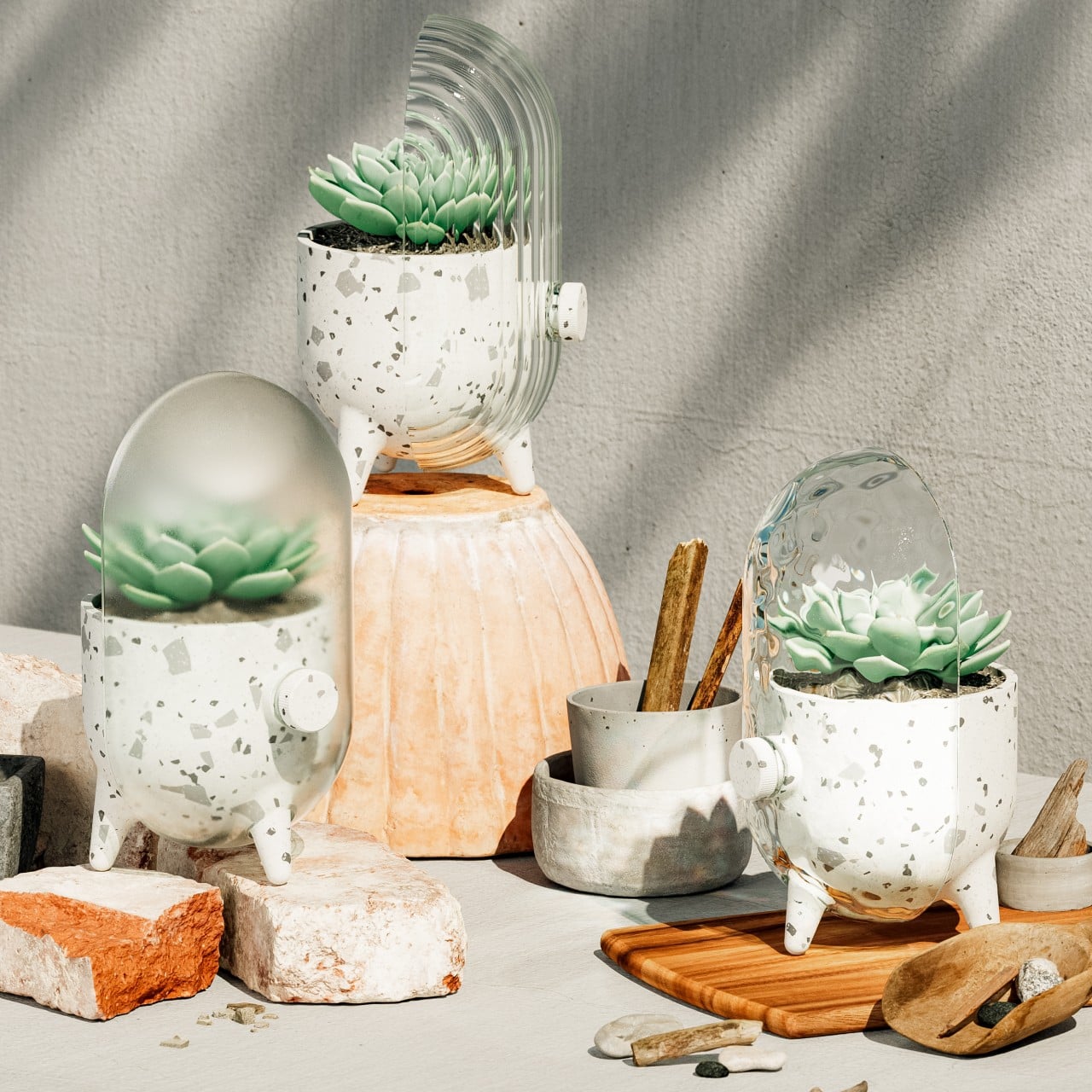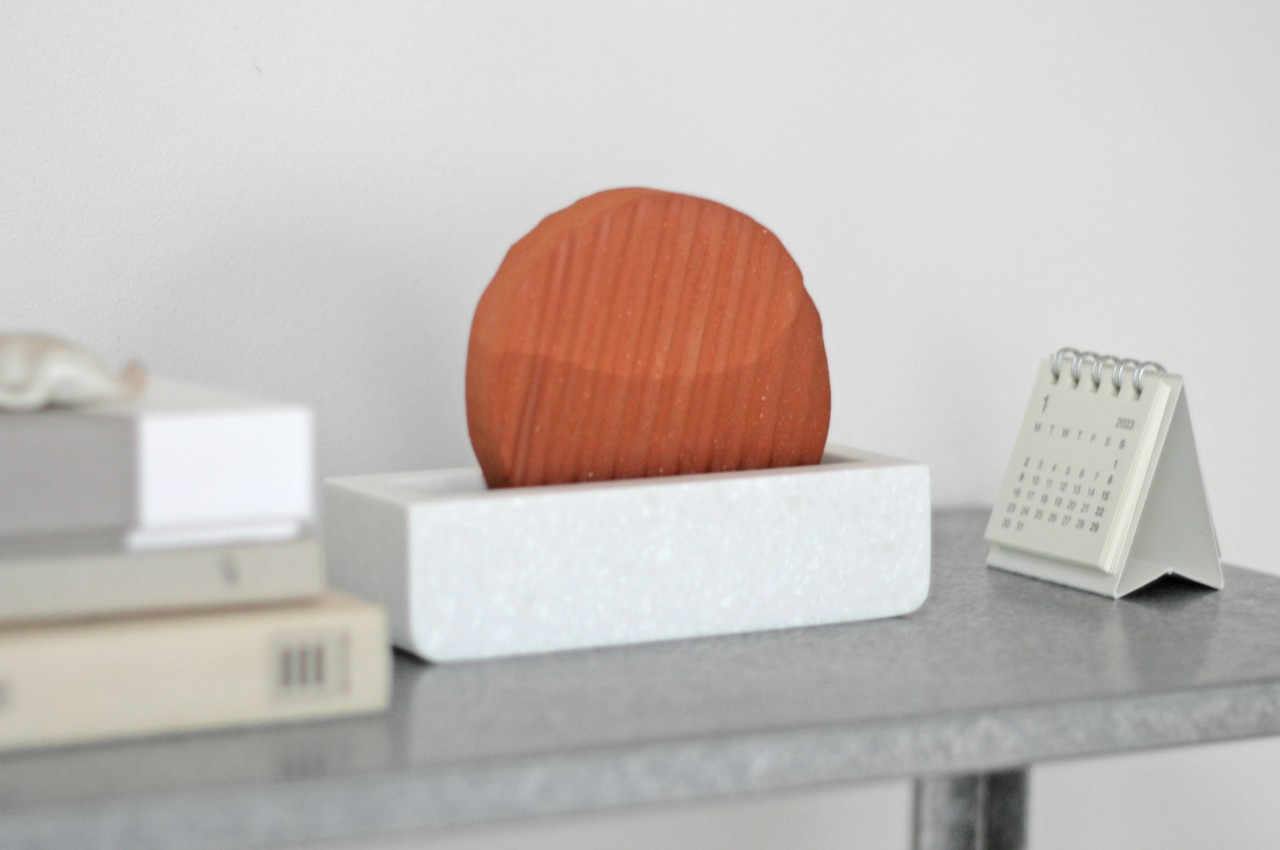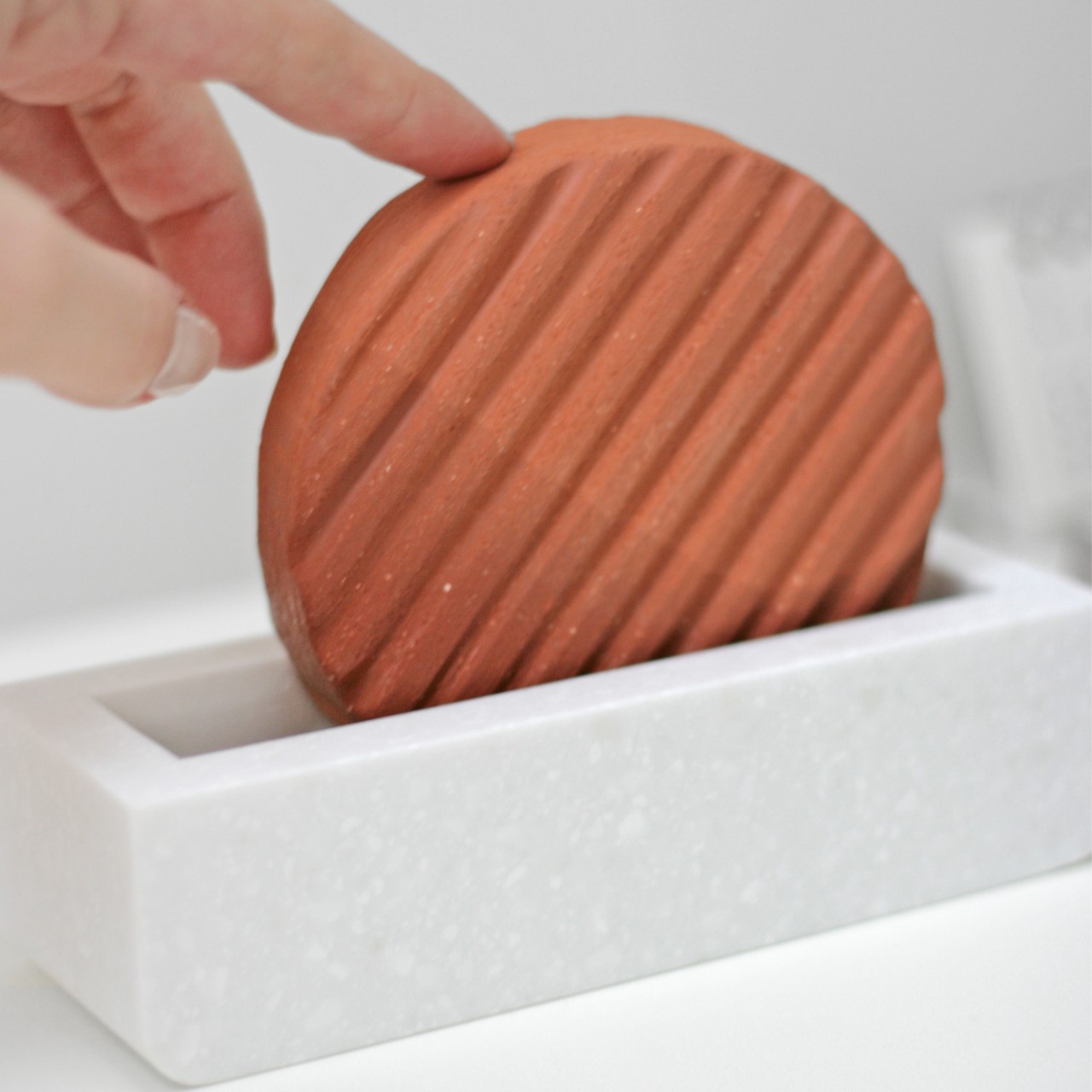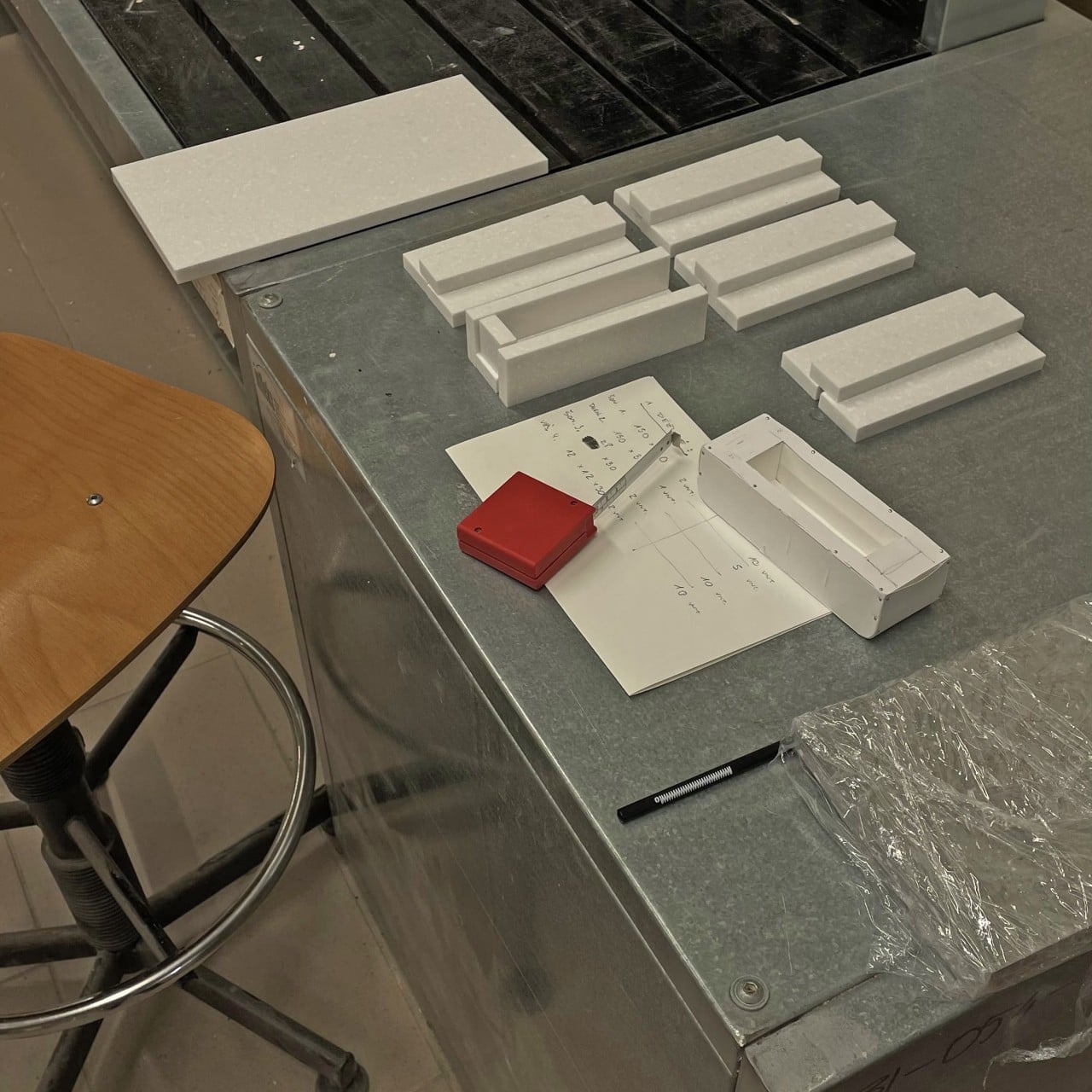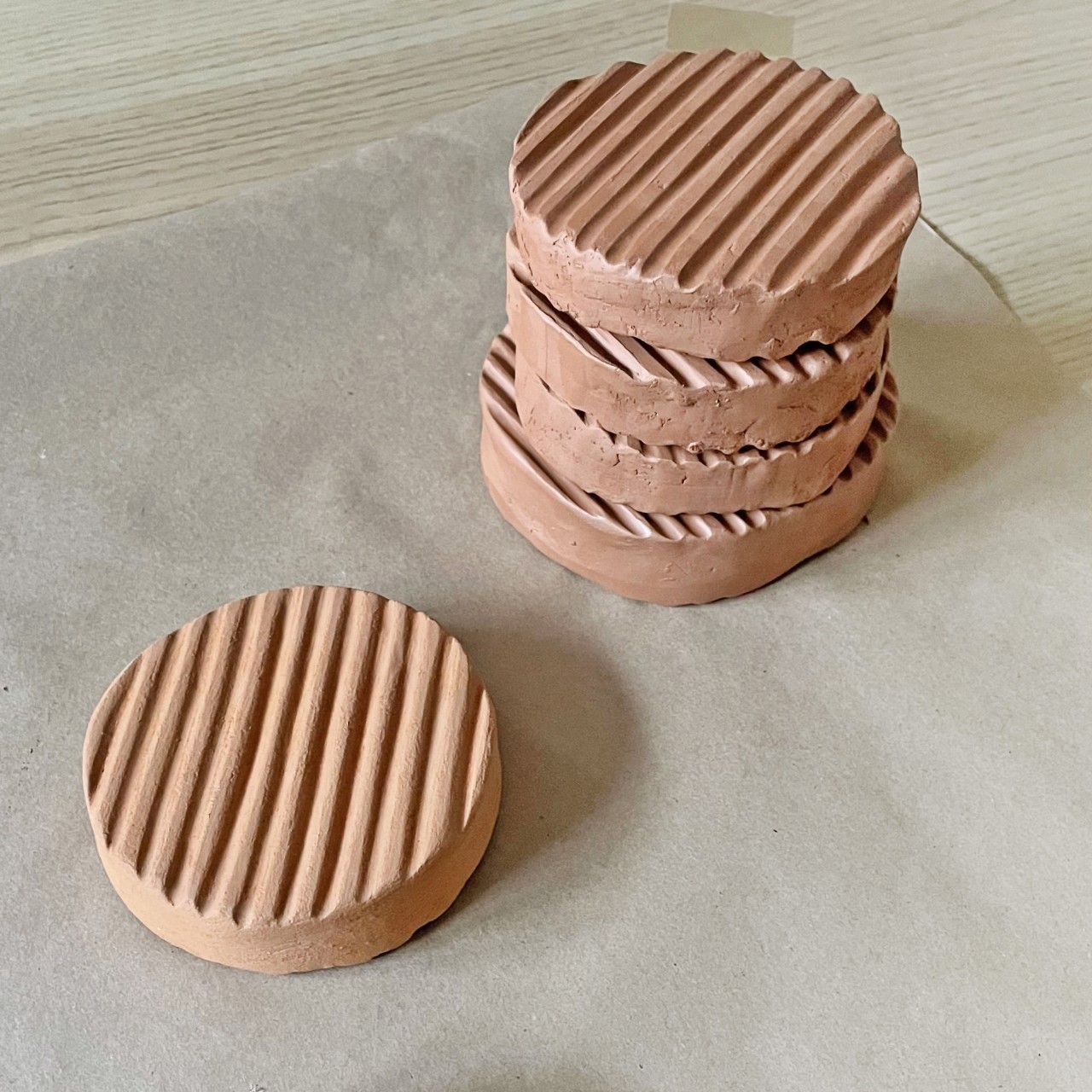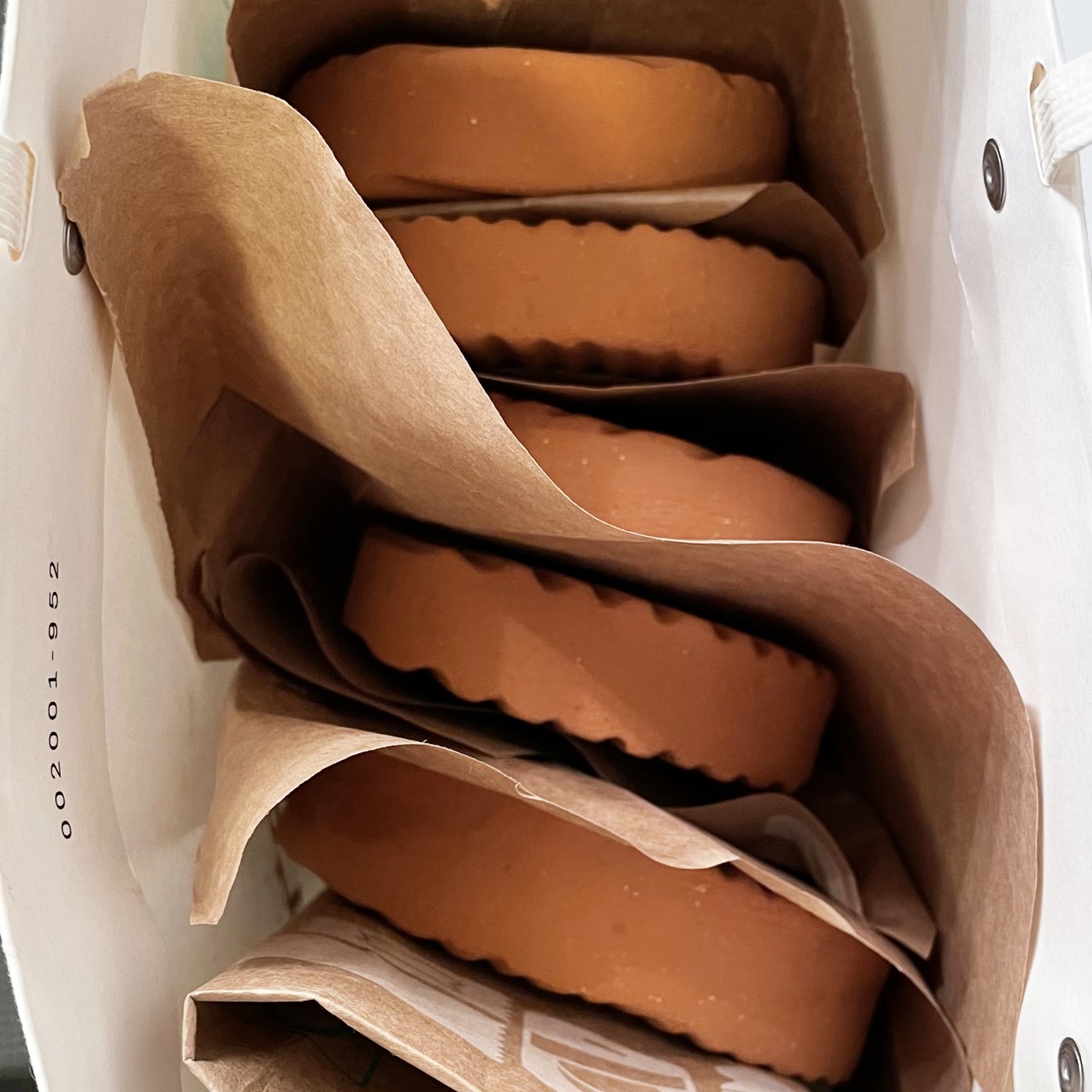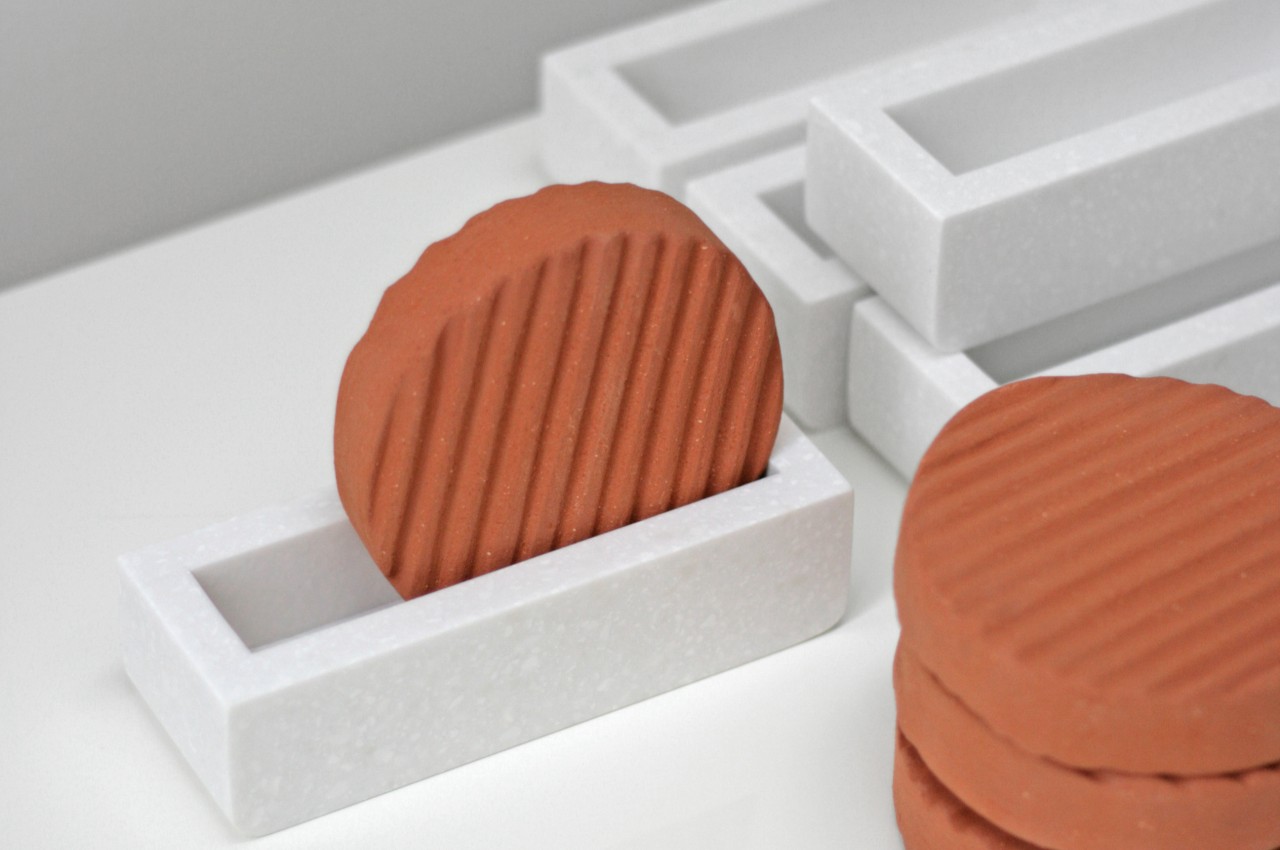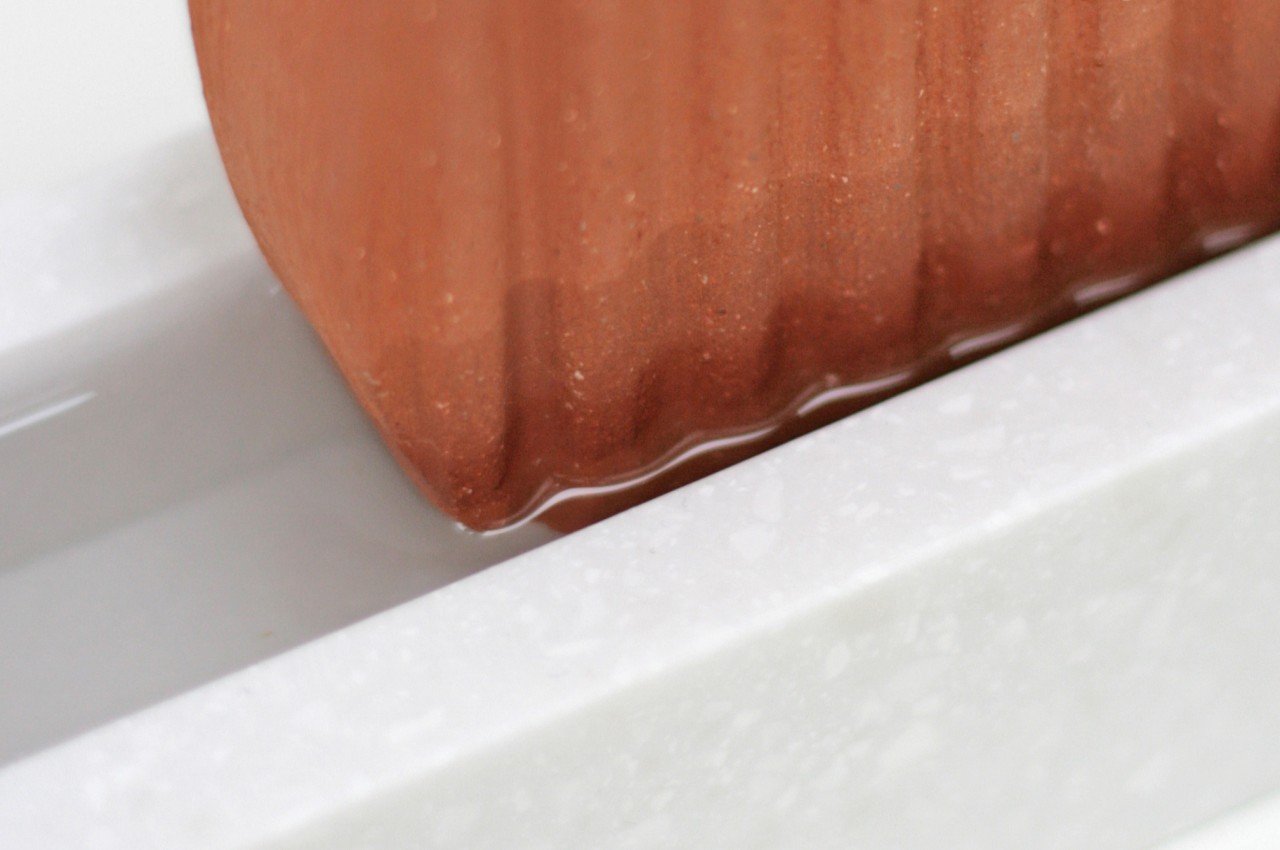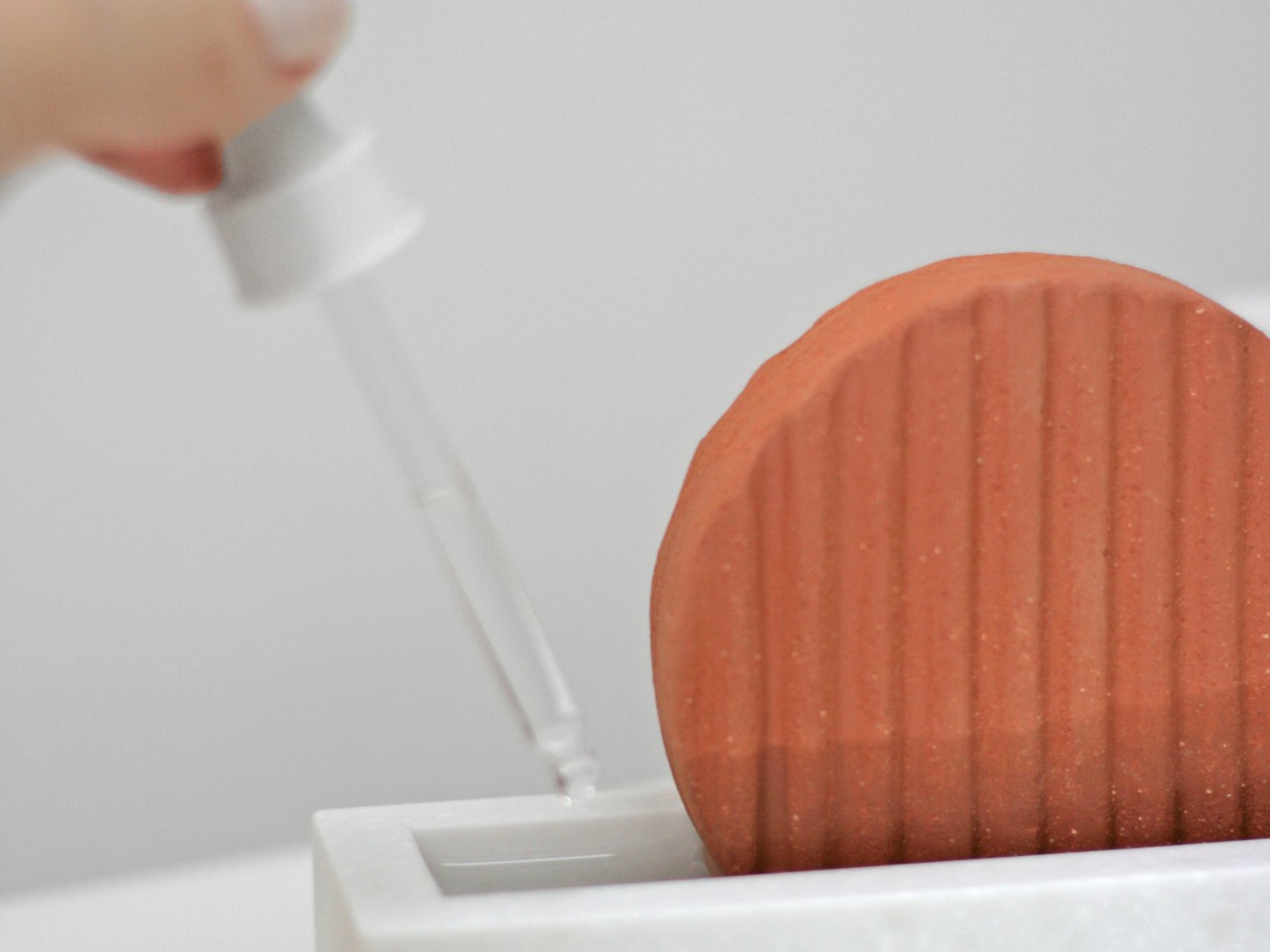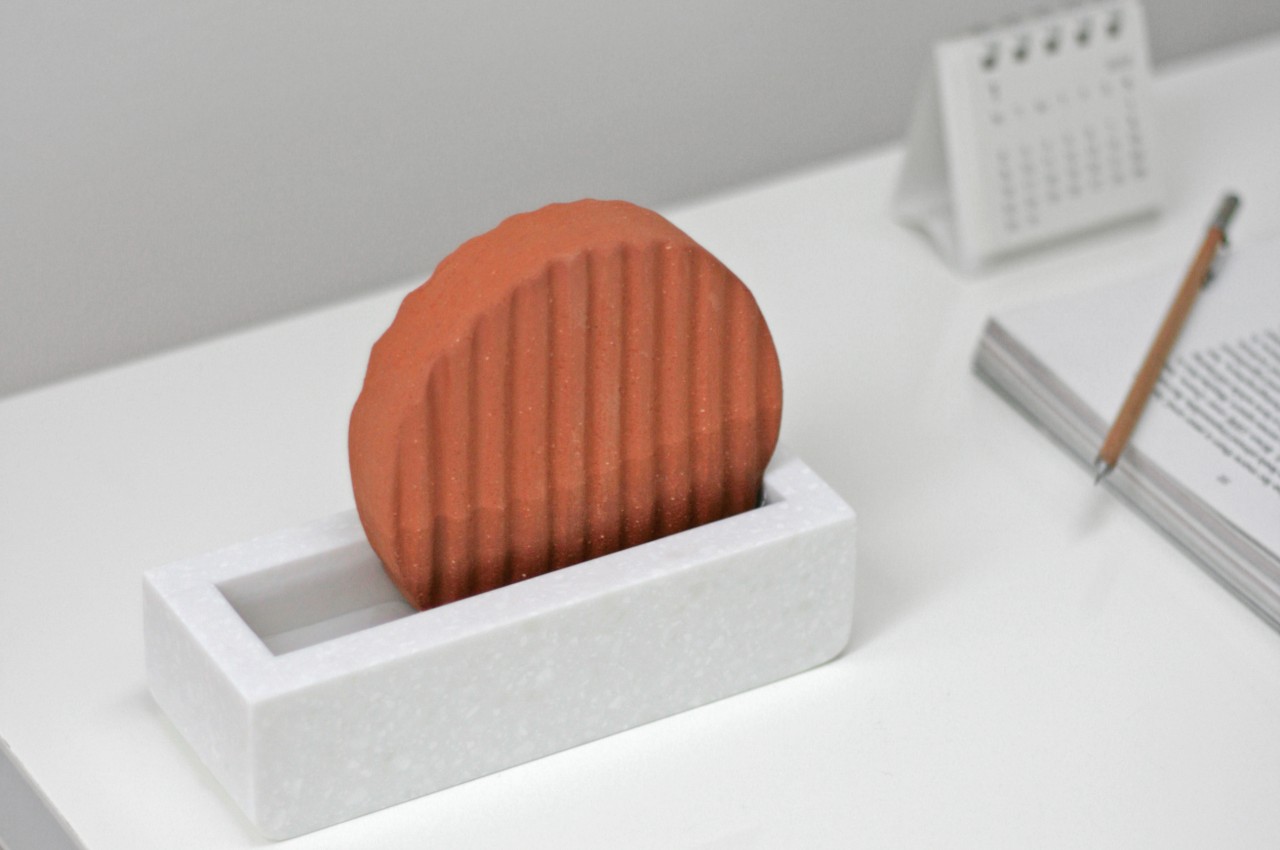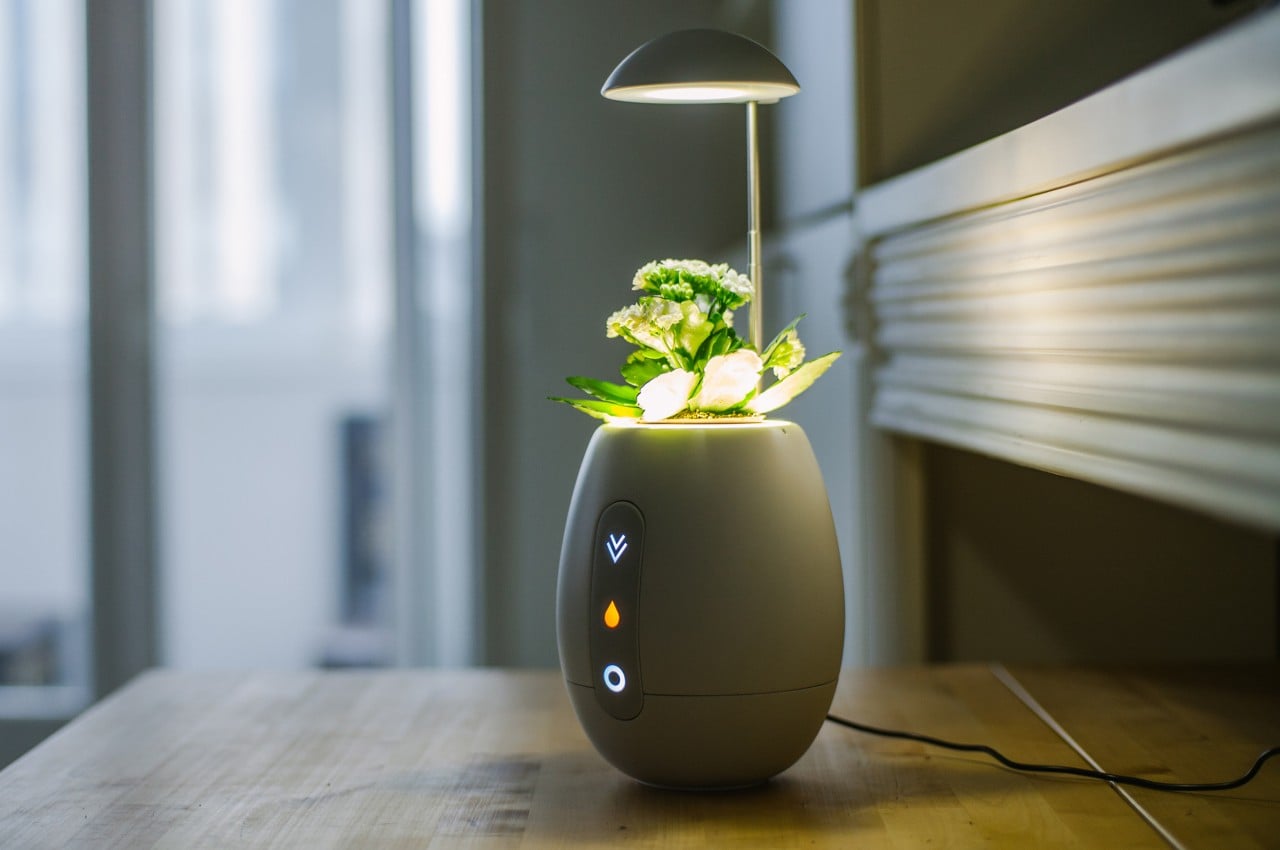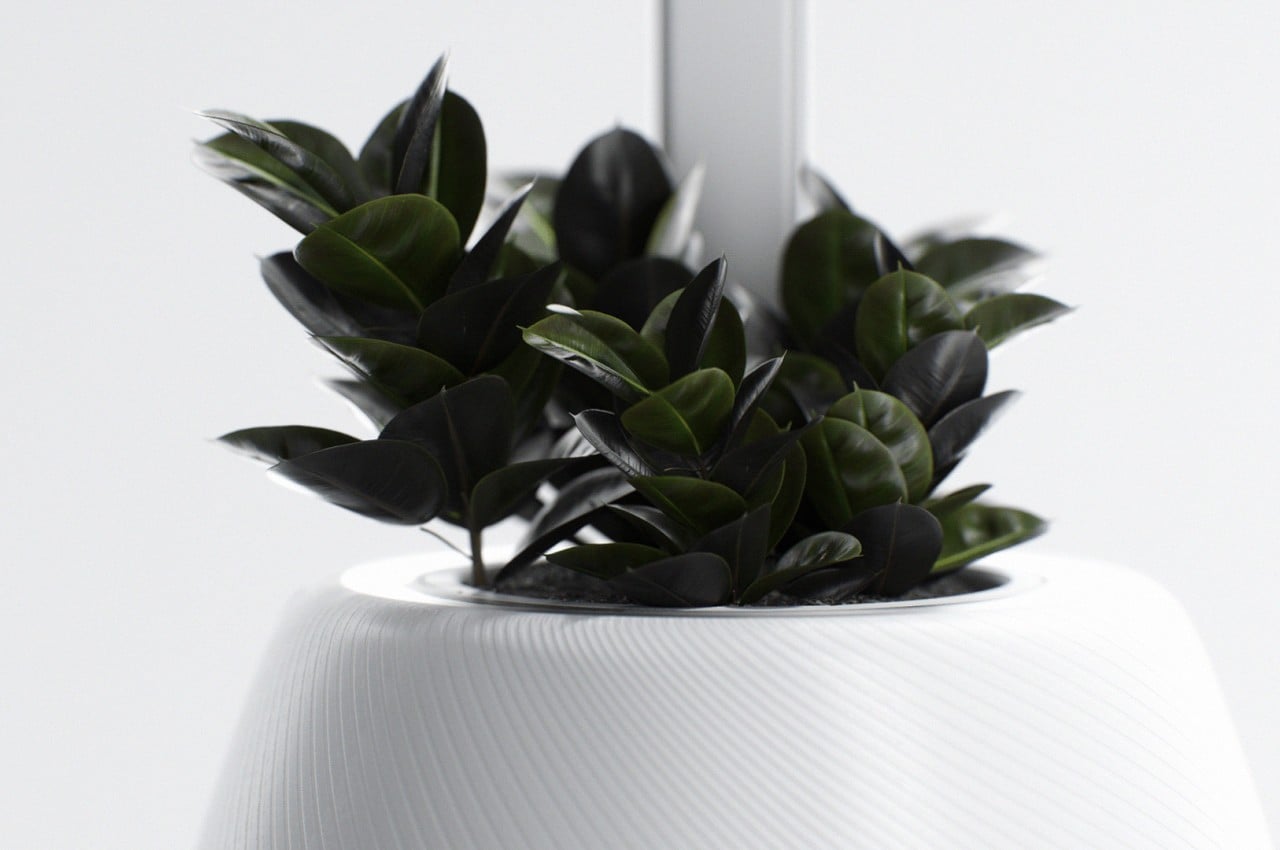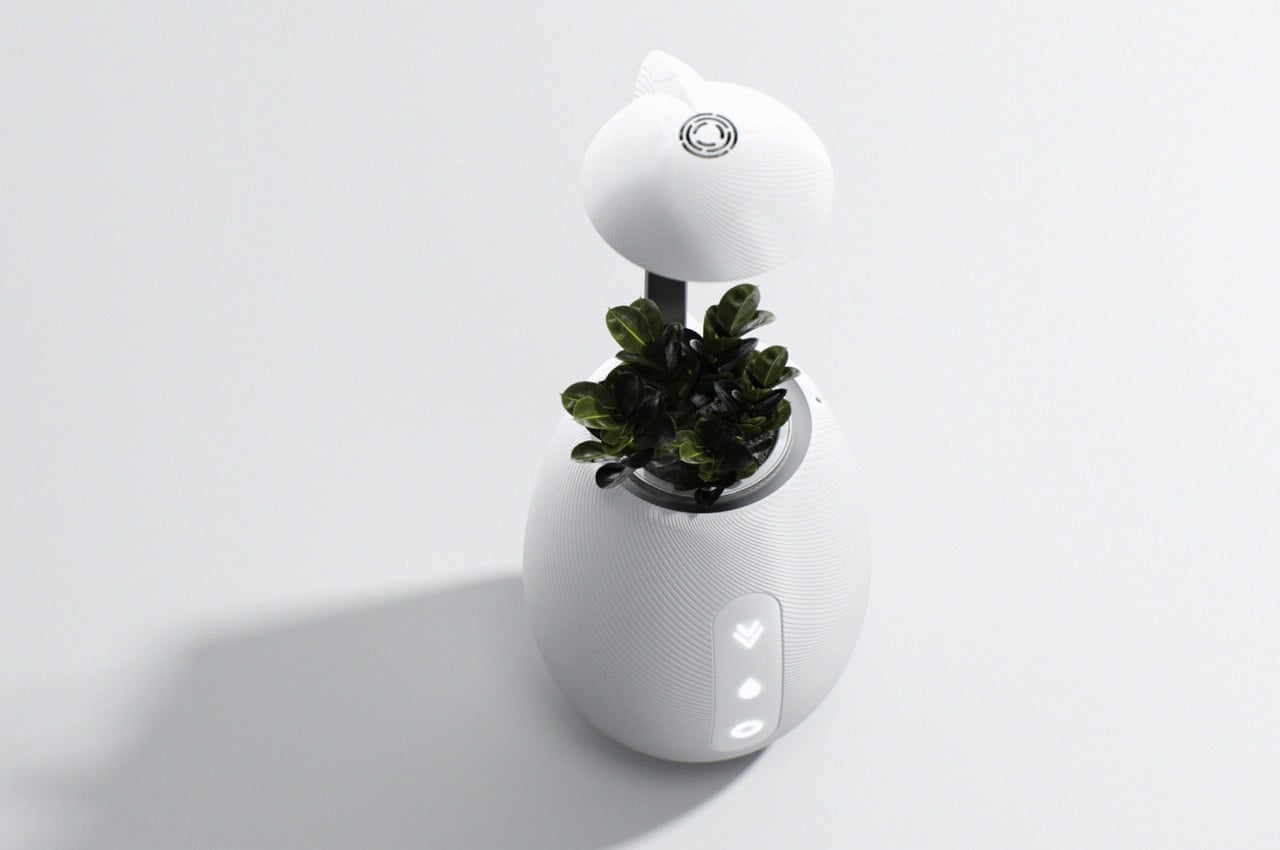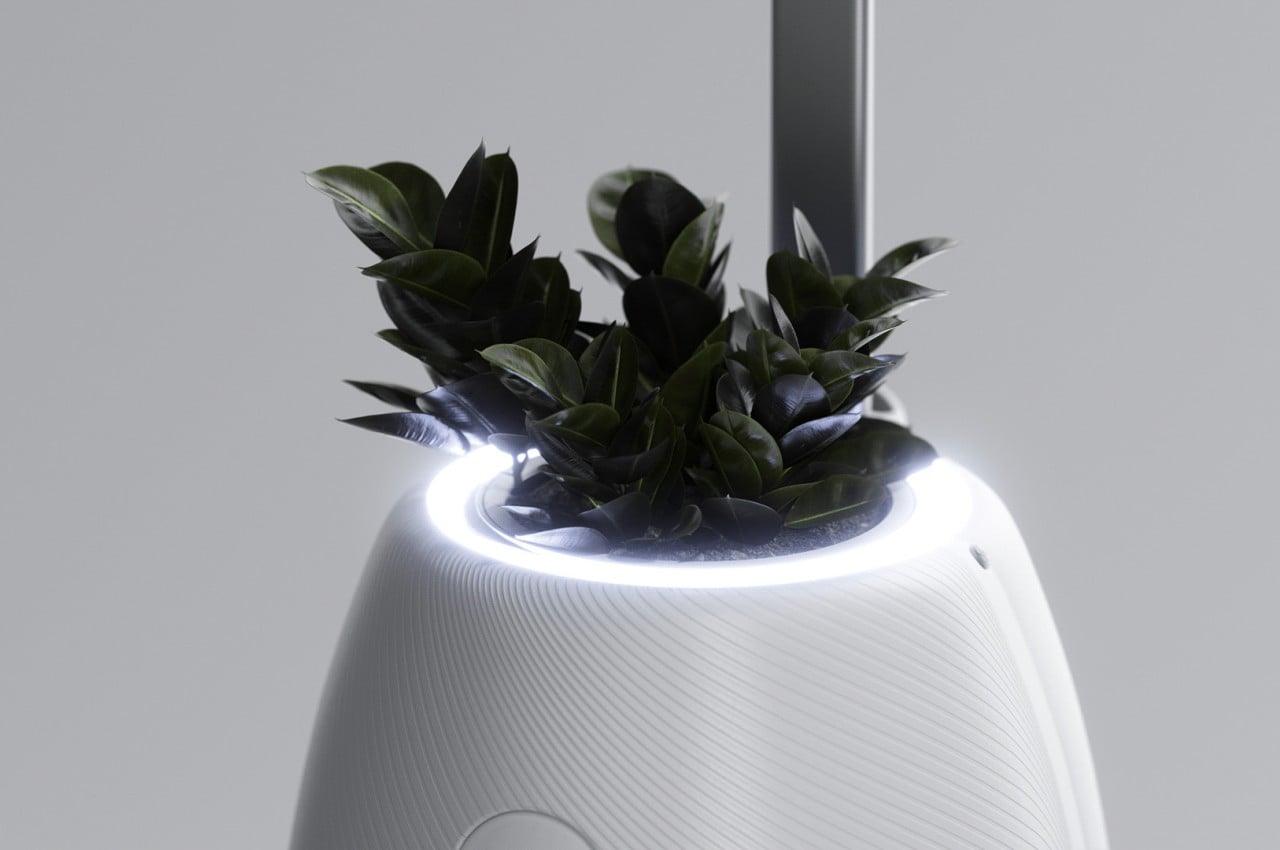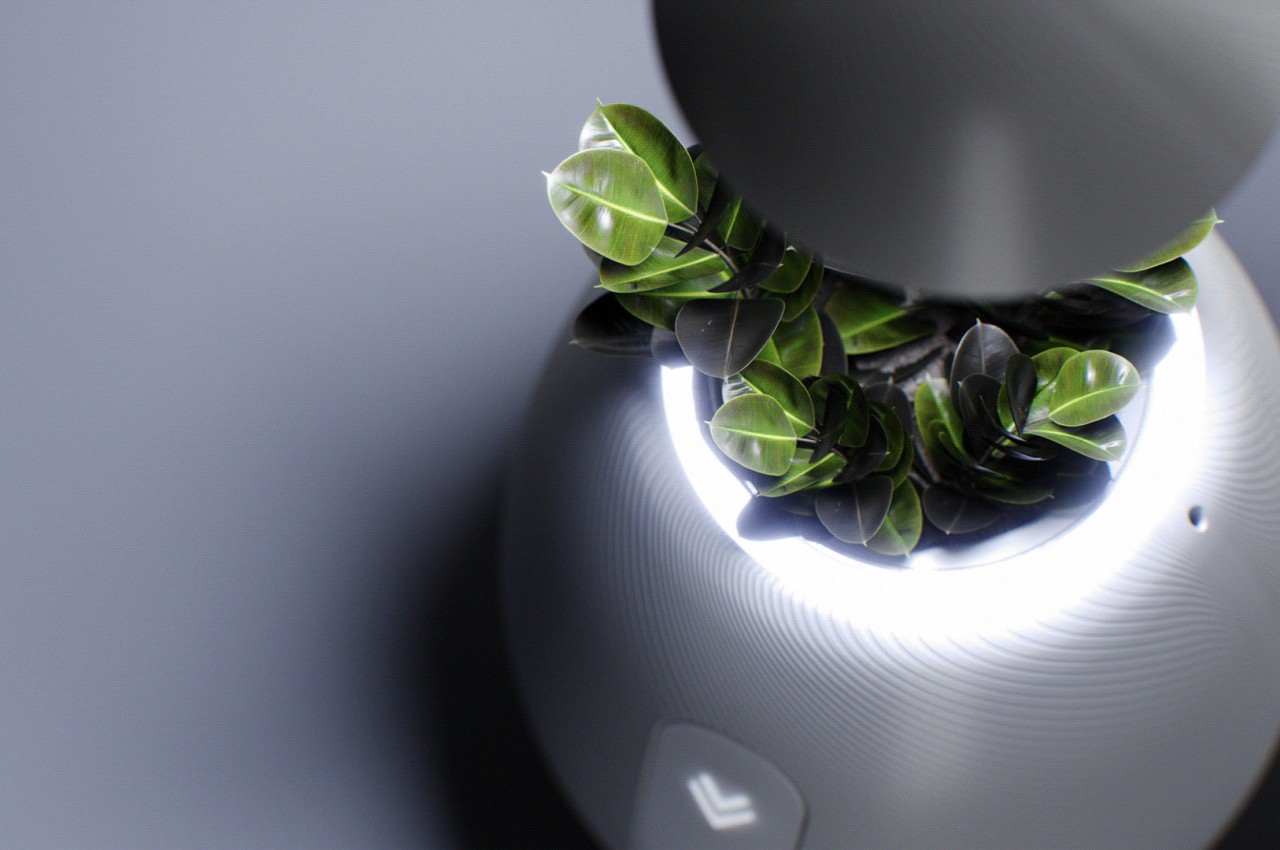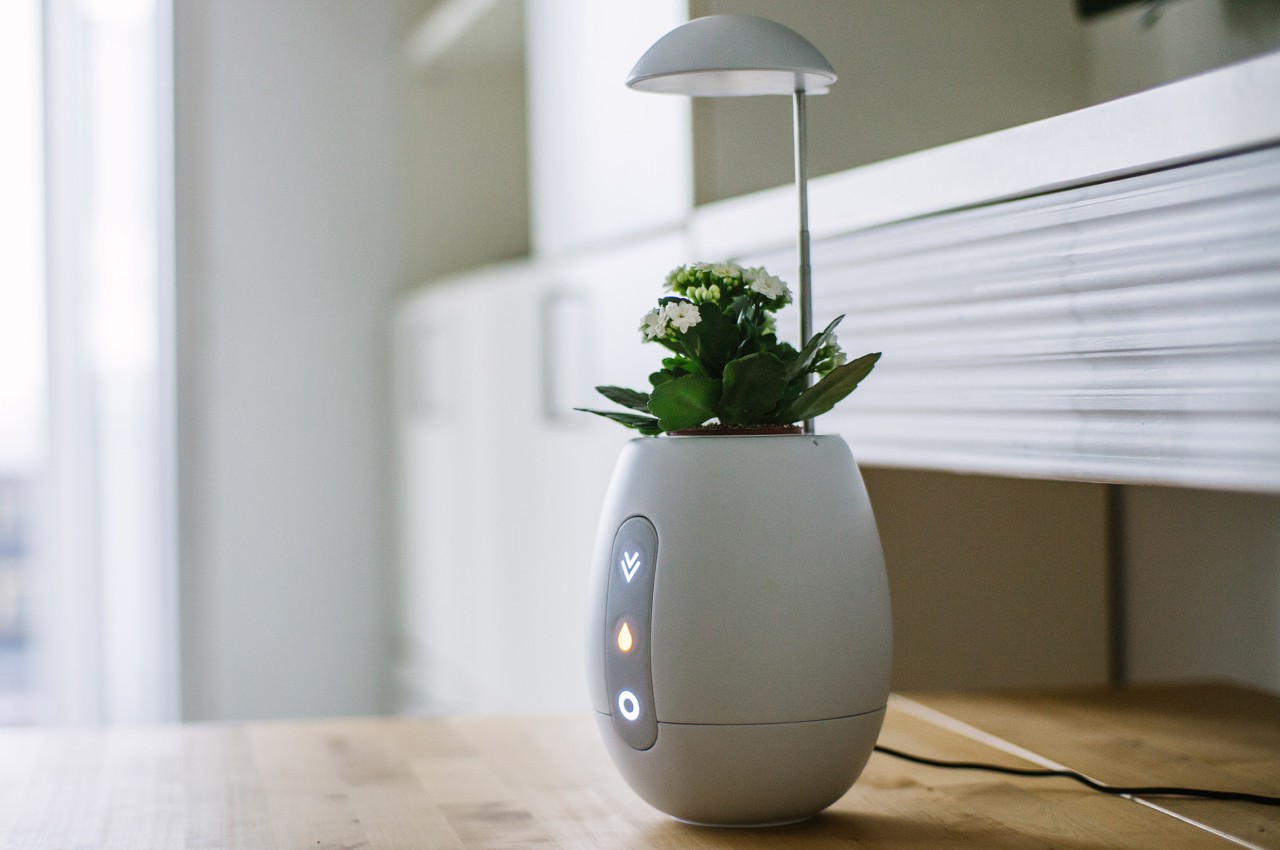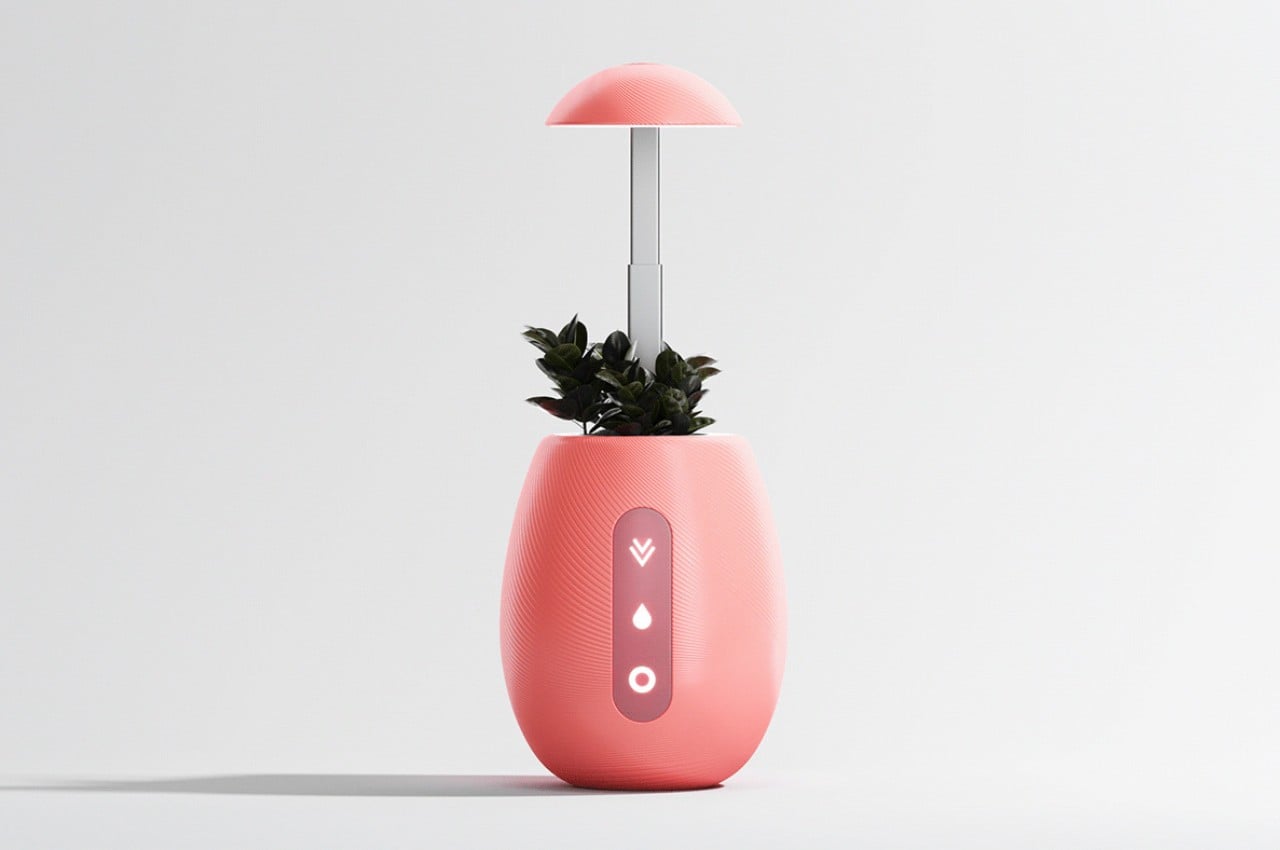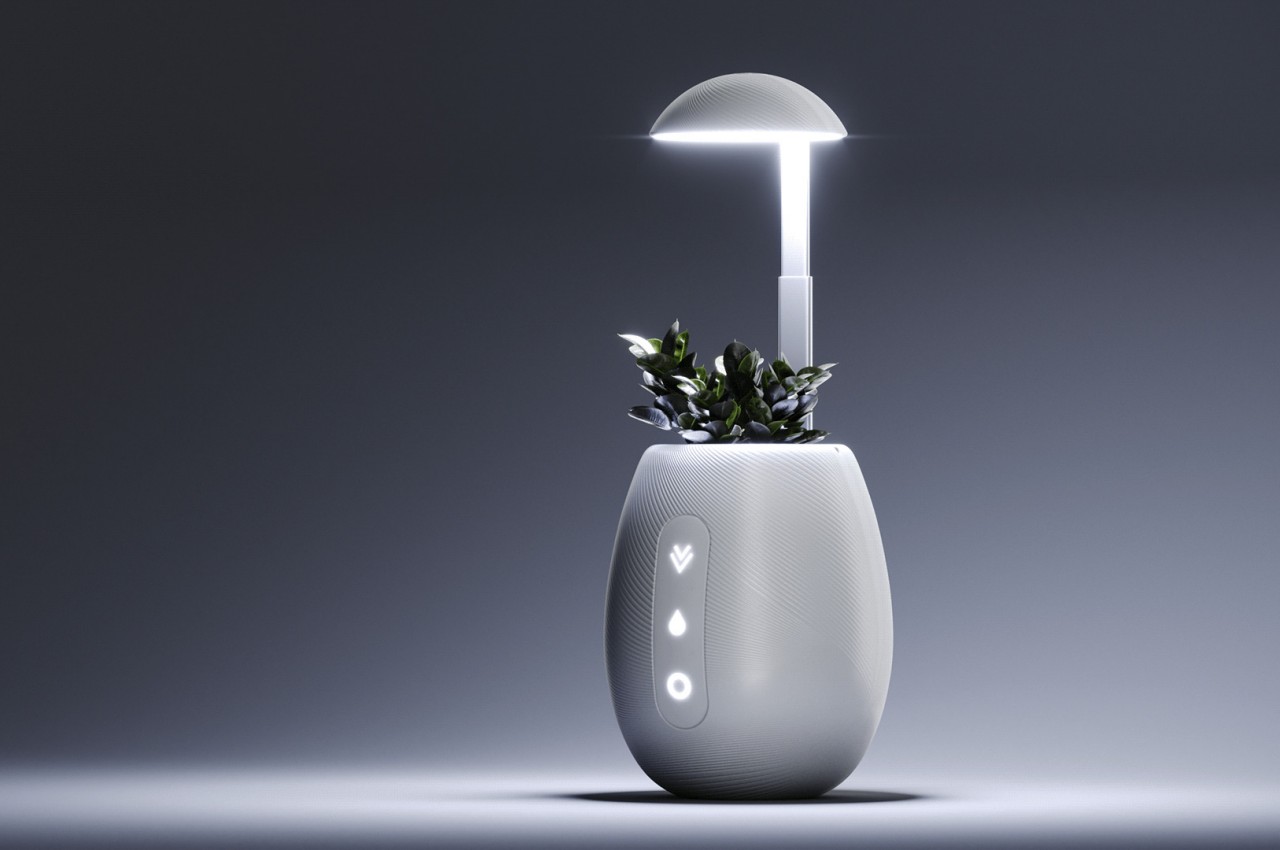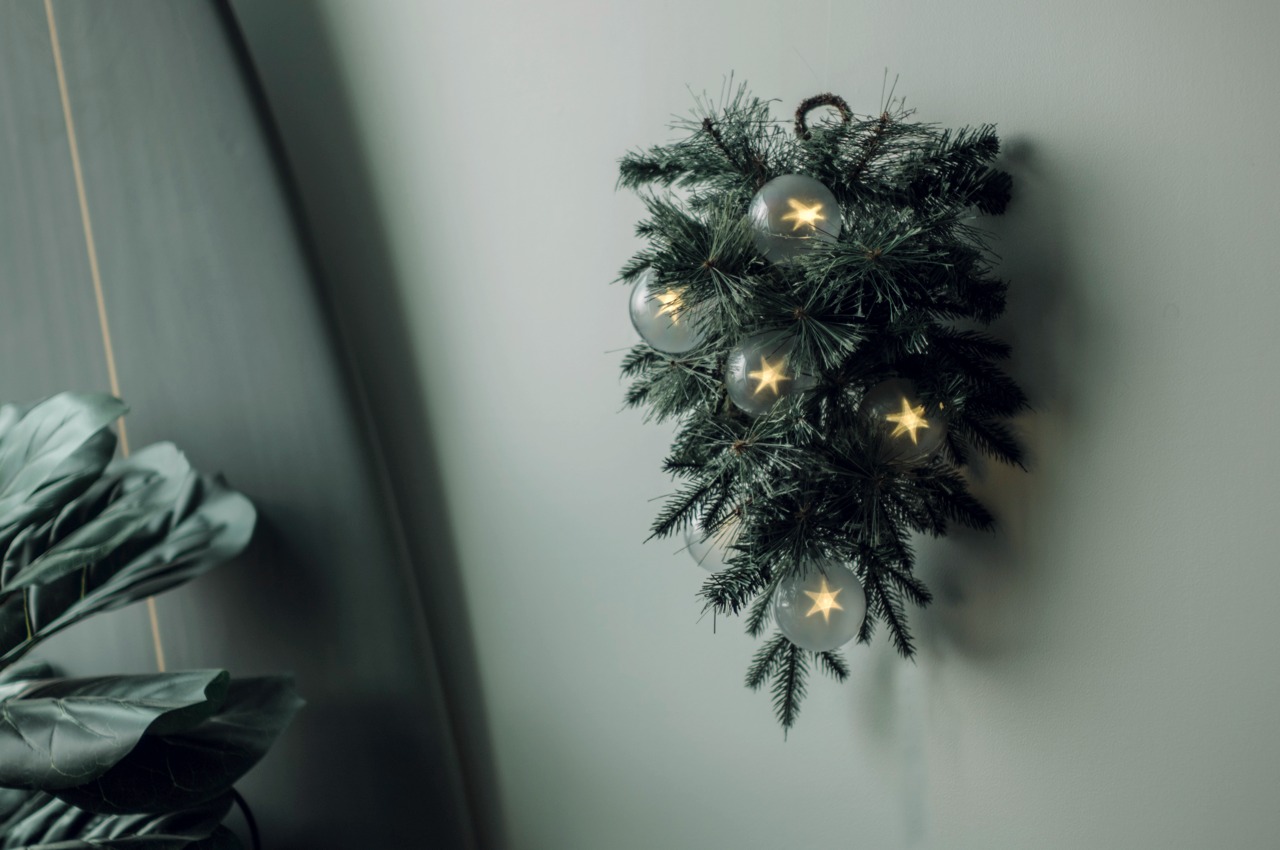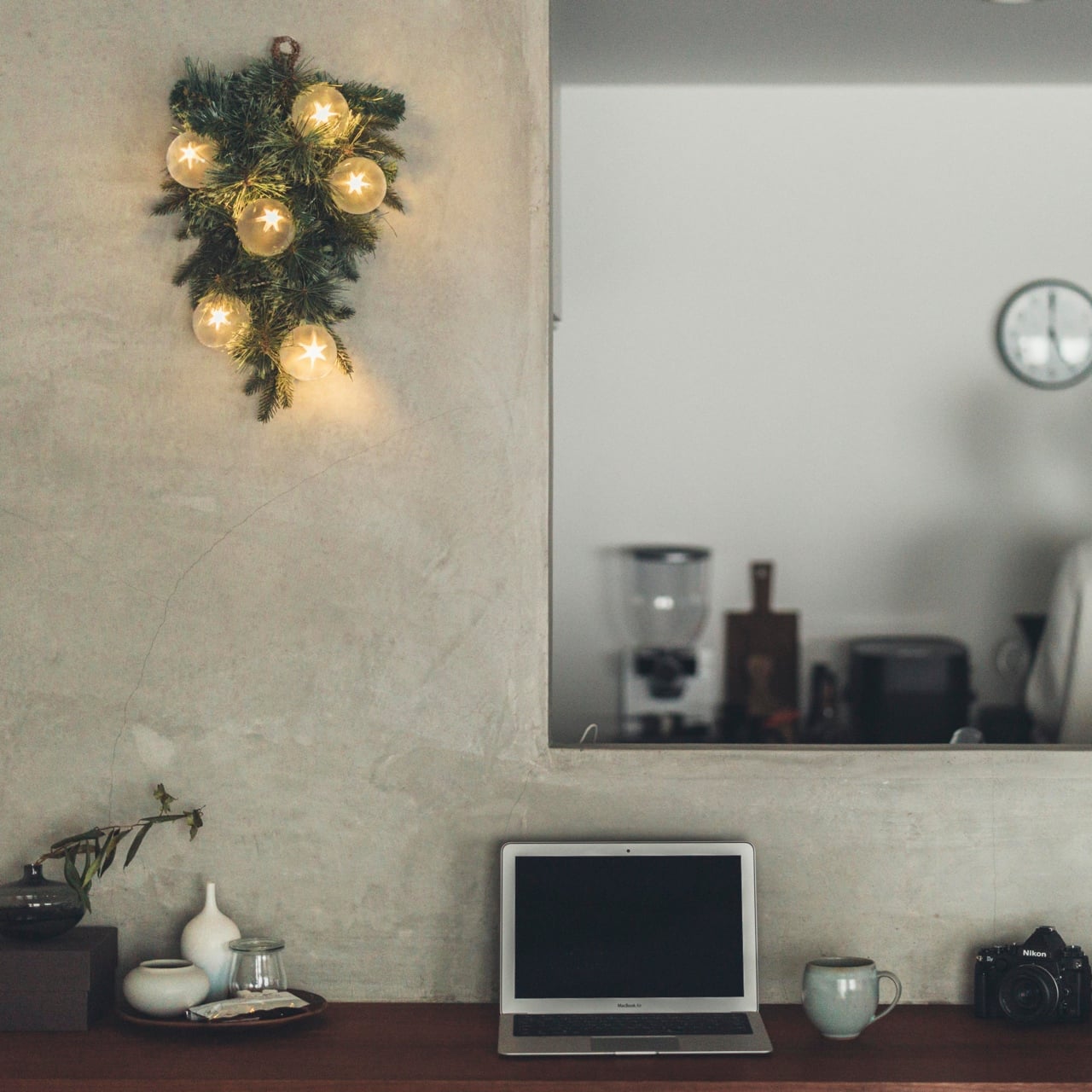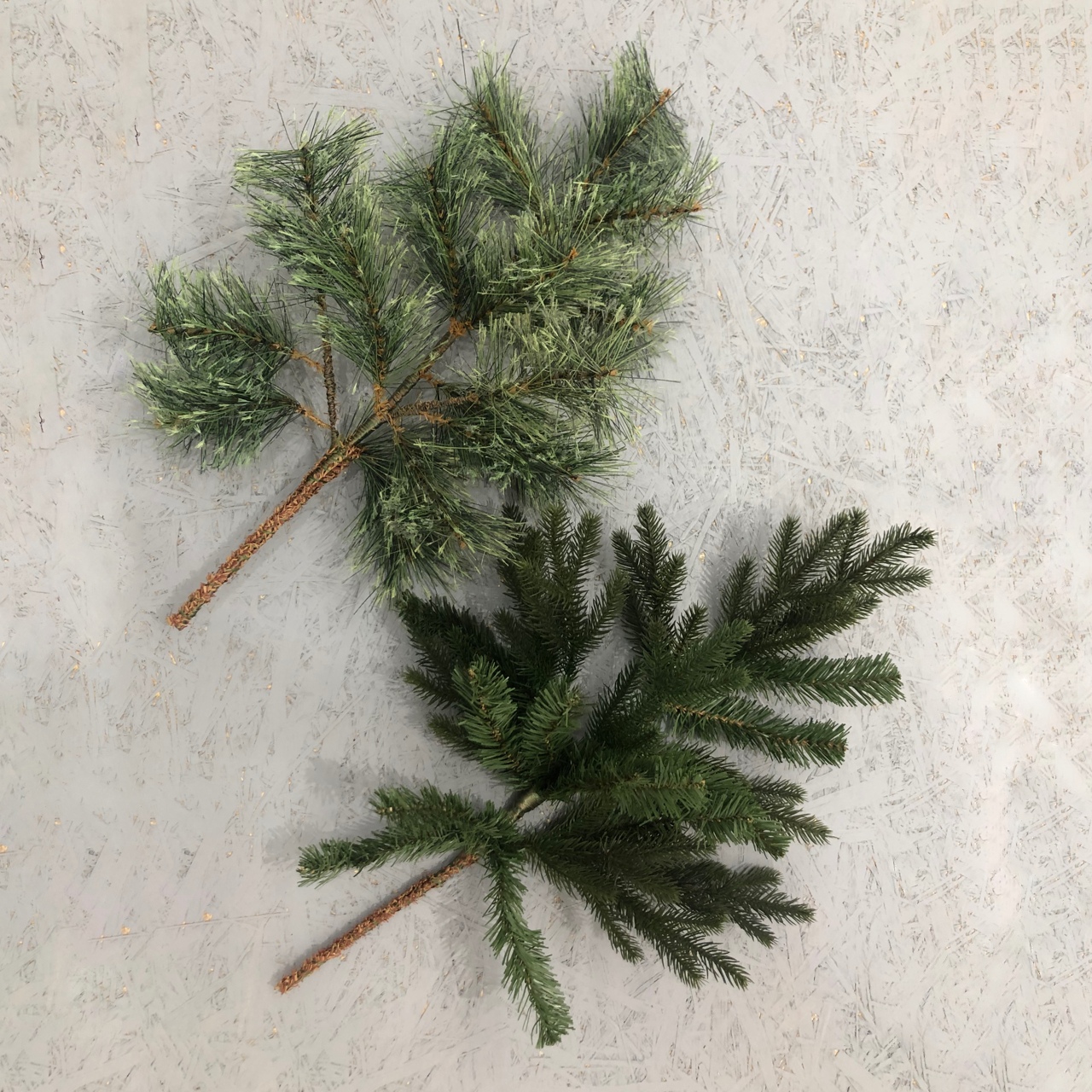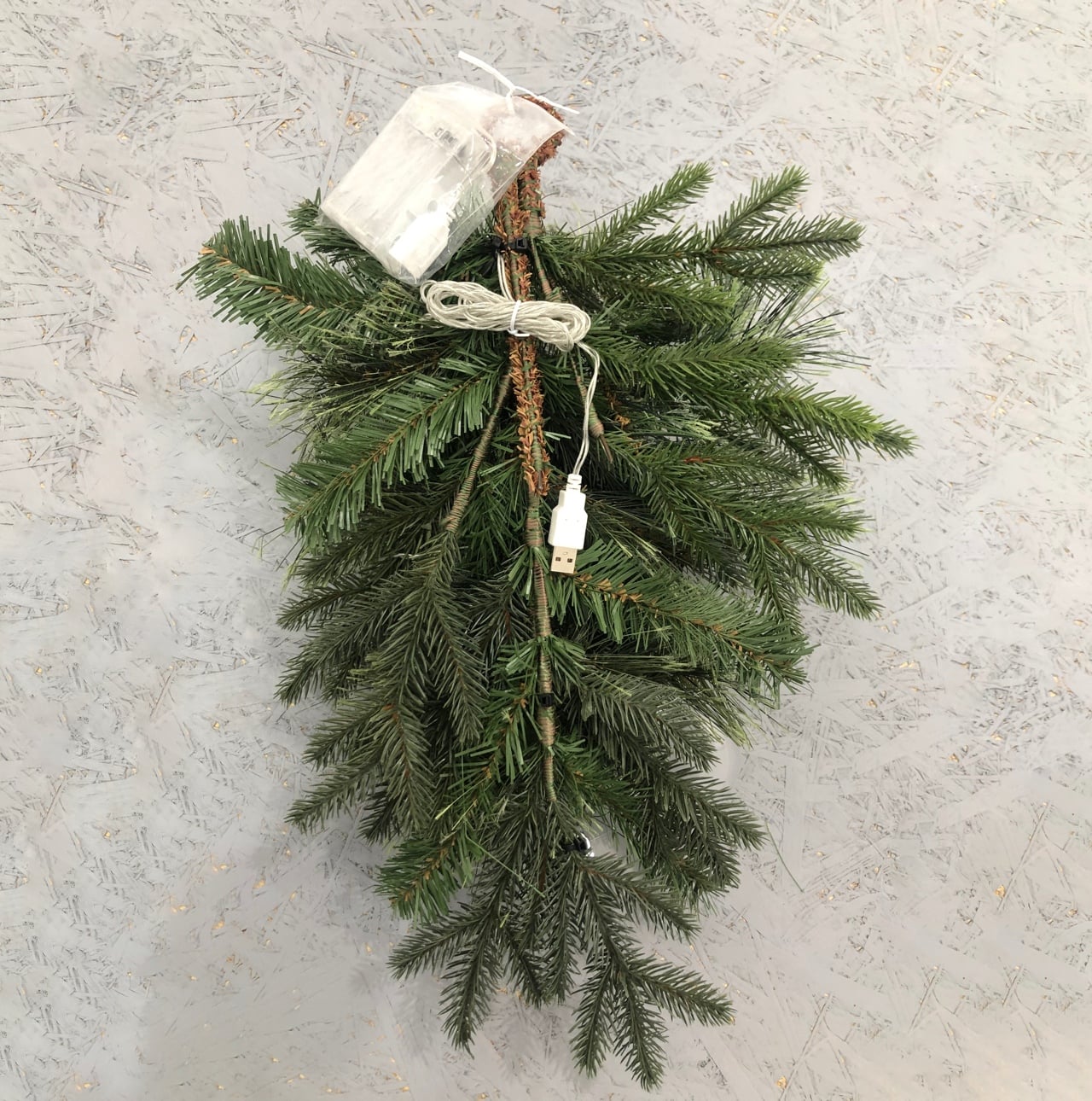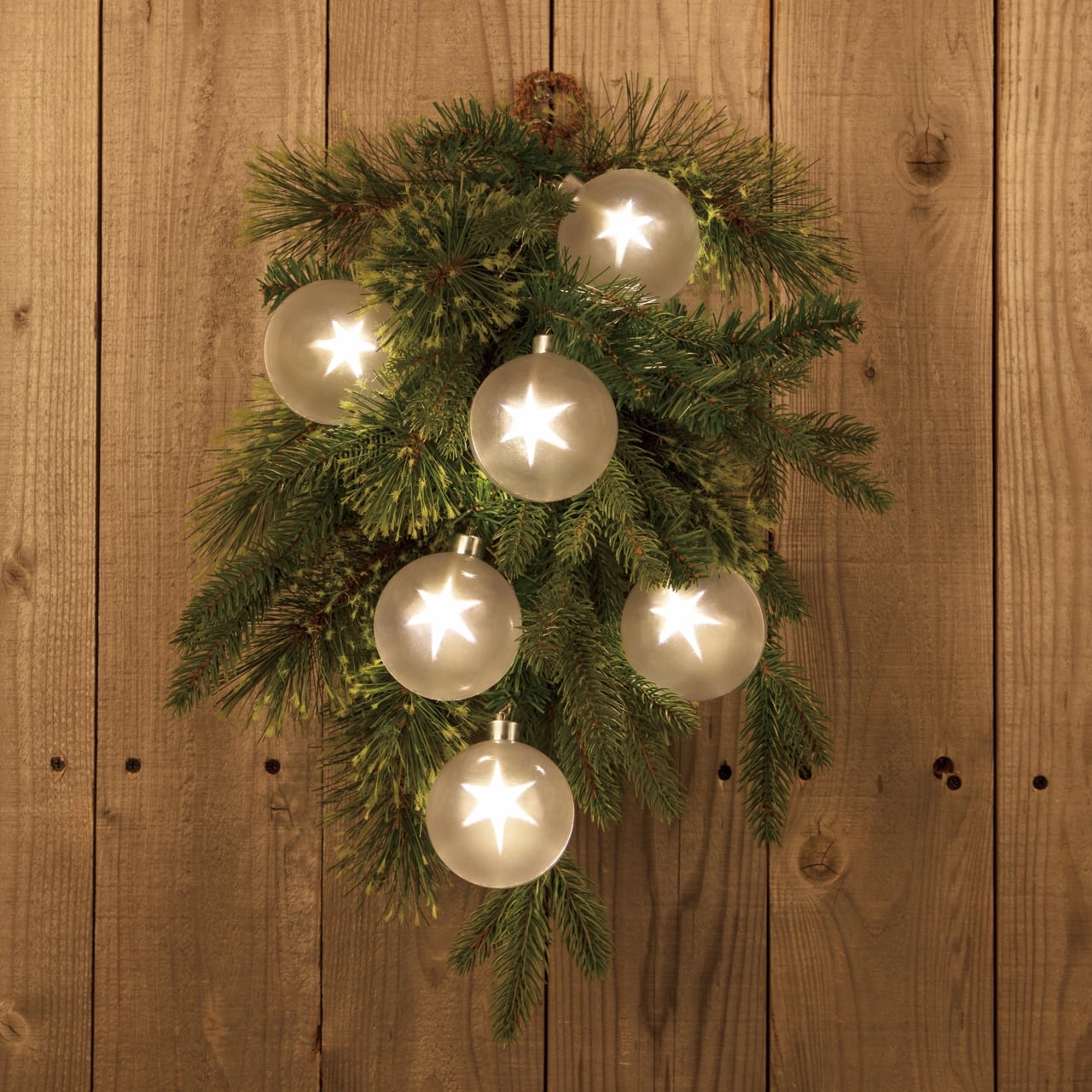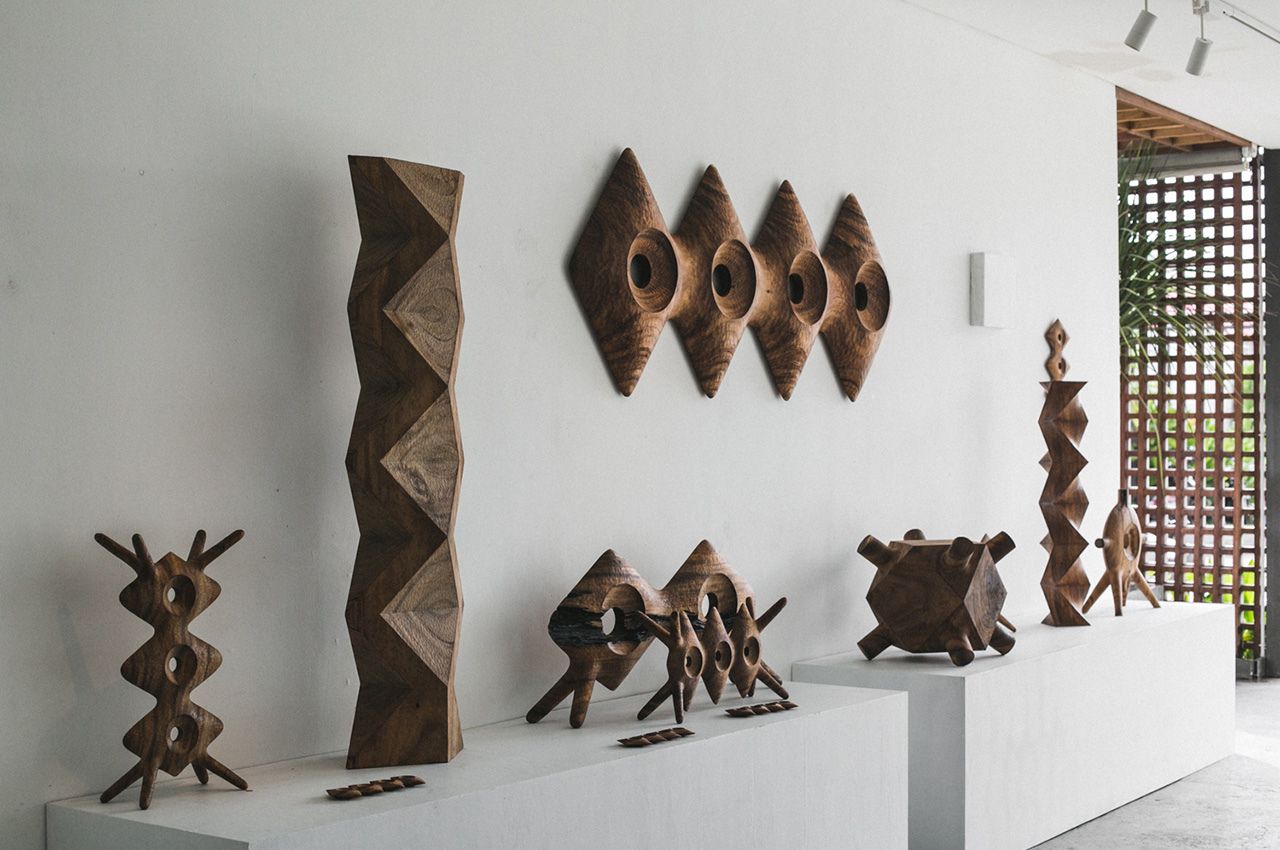
If you are inclined to woodworking, sculpture, or an appreciation for abstract geometric forms, the creations of sculptor Aleph Geddis are sure to captivate your imagination. Geddis’ work is a harmonious blend of traditional craftsmanship, modernist aesthetics, and a deep-rooted fascination with the fundamental structures of our world.
Designer: Aleph Geddis

Aleph Geddis’ artistic roots can be traced back to his upbringing on Orcas Island in the Pacific Northwest. Immersed in a creative environment shaped by his stepfather’s expertise in sculpture, carving, and boat building, Geddis found inspiration in the stylized naturalism of Northwest Coast Native carvings. His early works reflected this influence, evolving over time to incorporate diverse cultural experiences, such as a transformative family trip to Japan.
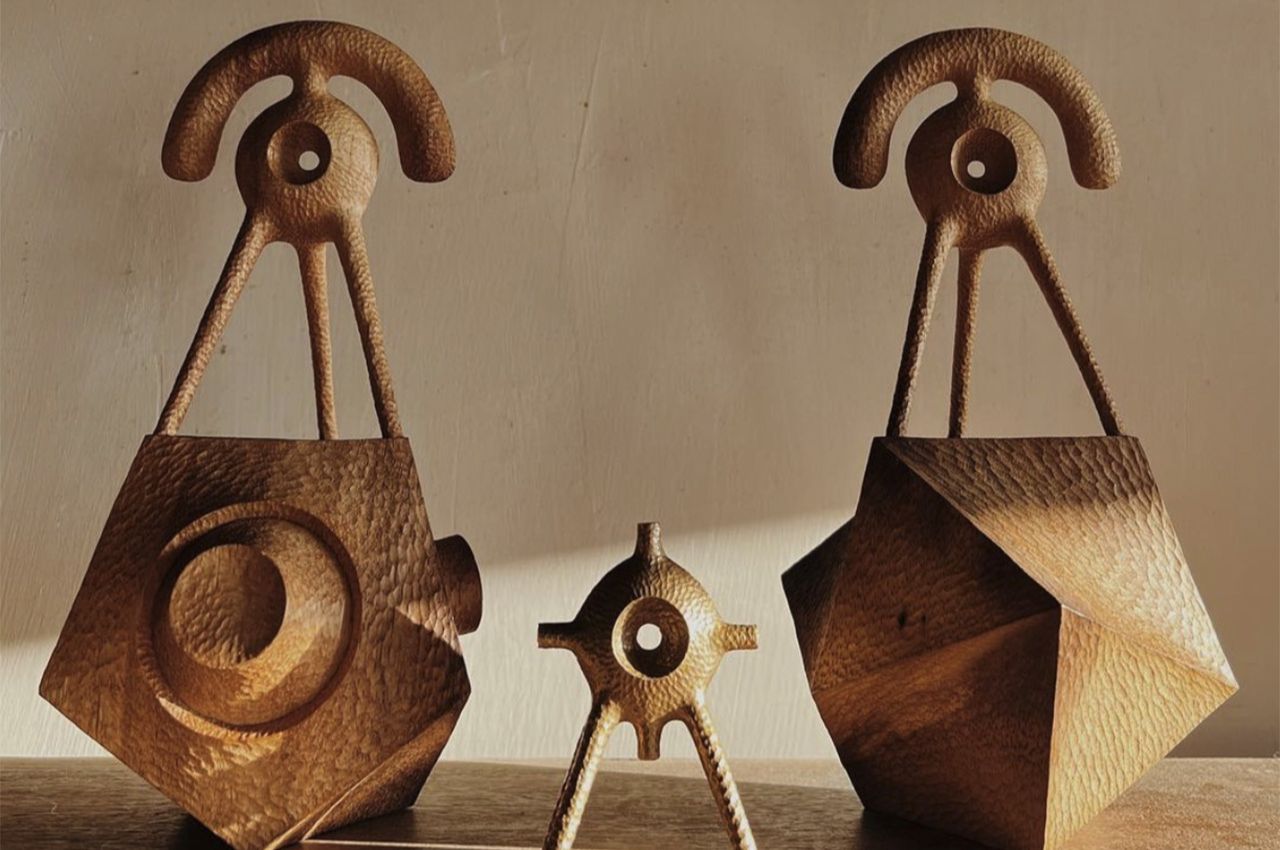
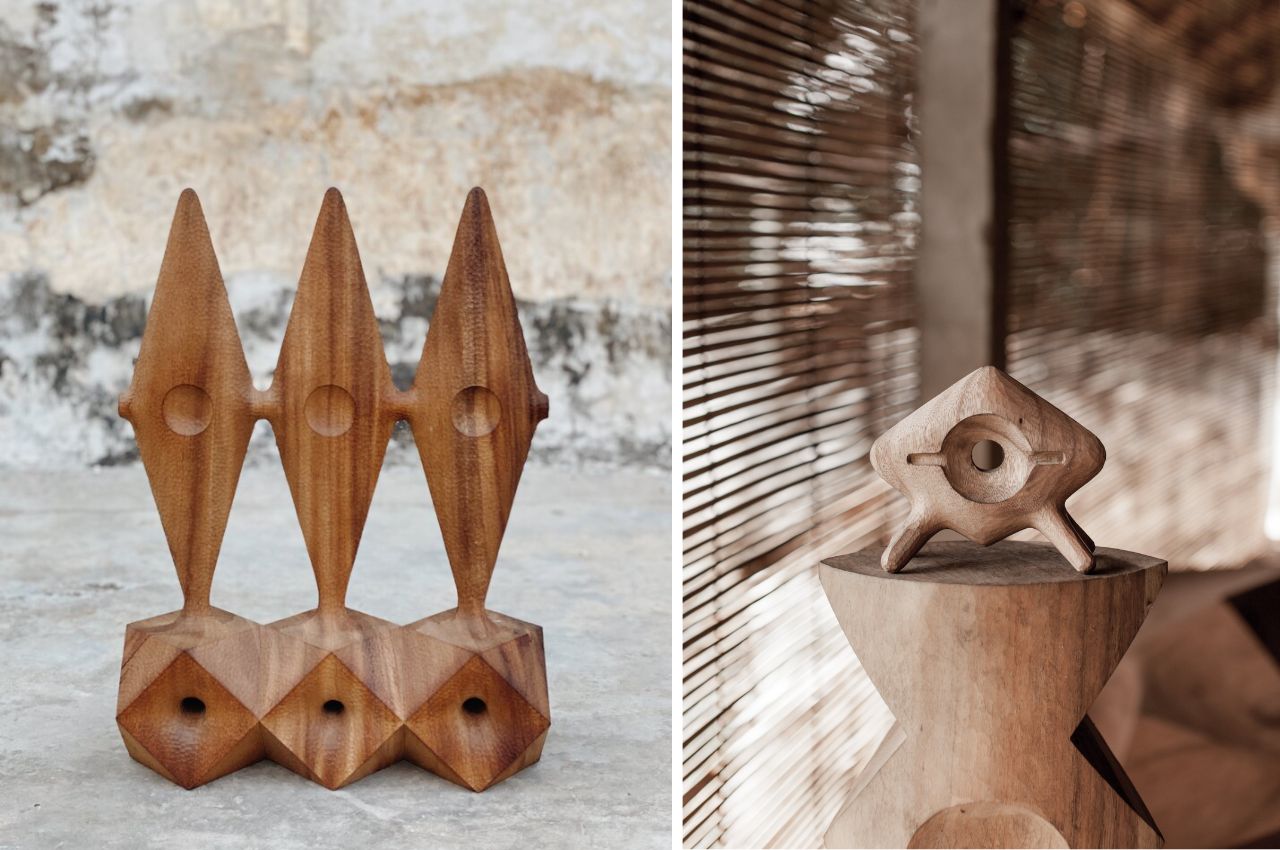
His sculptures beautifully straddle the intersection of different cultures and artistic traditions. Drawing upon the rich traditions of wood carving and totems from the indigenous people of the Pacific Northwest, as well as the intricate woodwork of Bali, Geddis merges these influences with the familial impact of his stepfather’s similar craft. The result is a collection of hand-carved pieces that resonate with a global and timeless aesthetic.
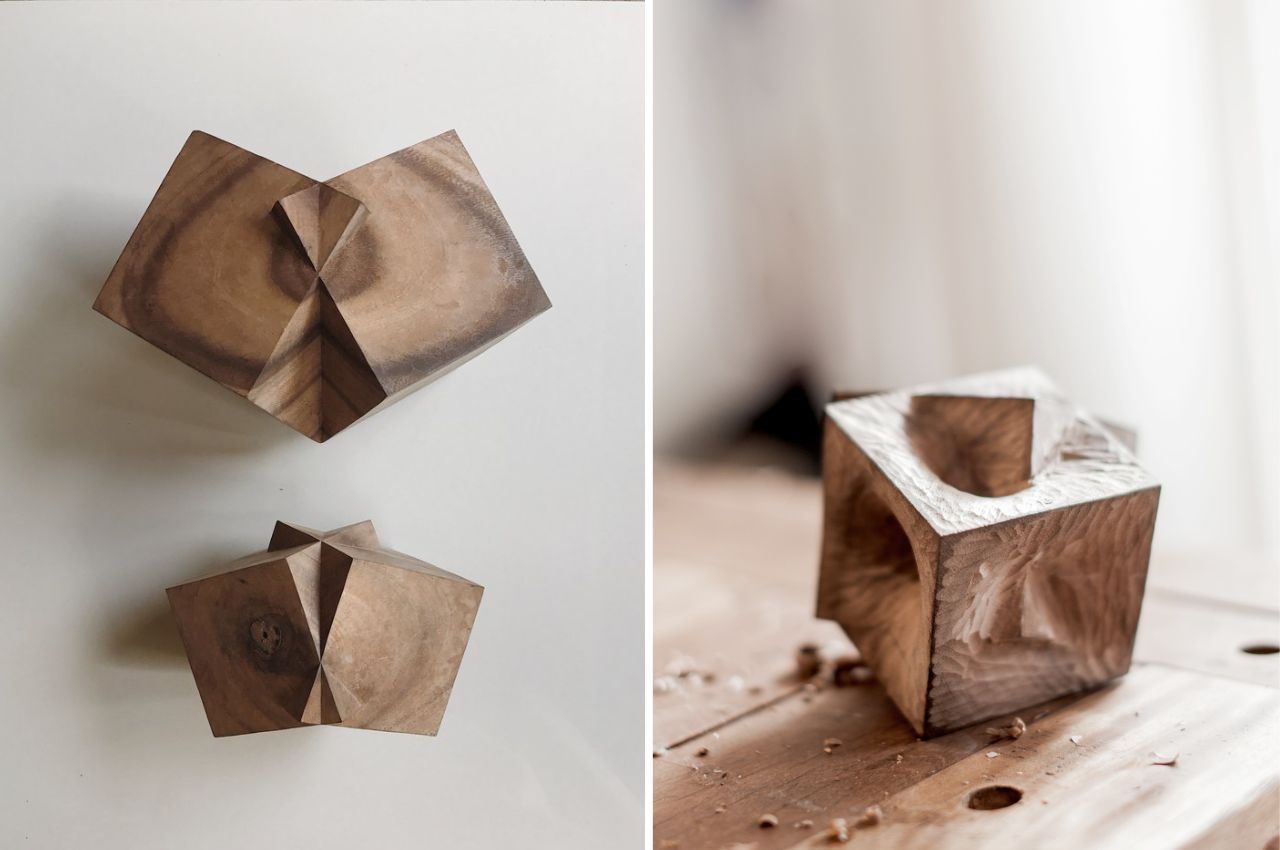
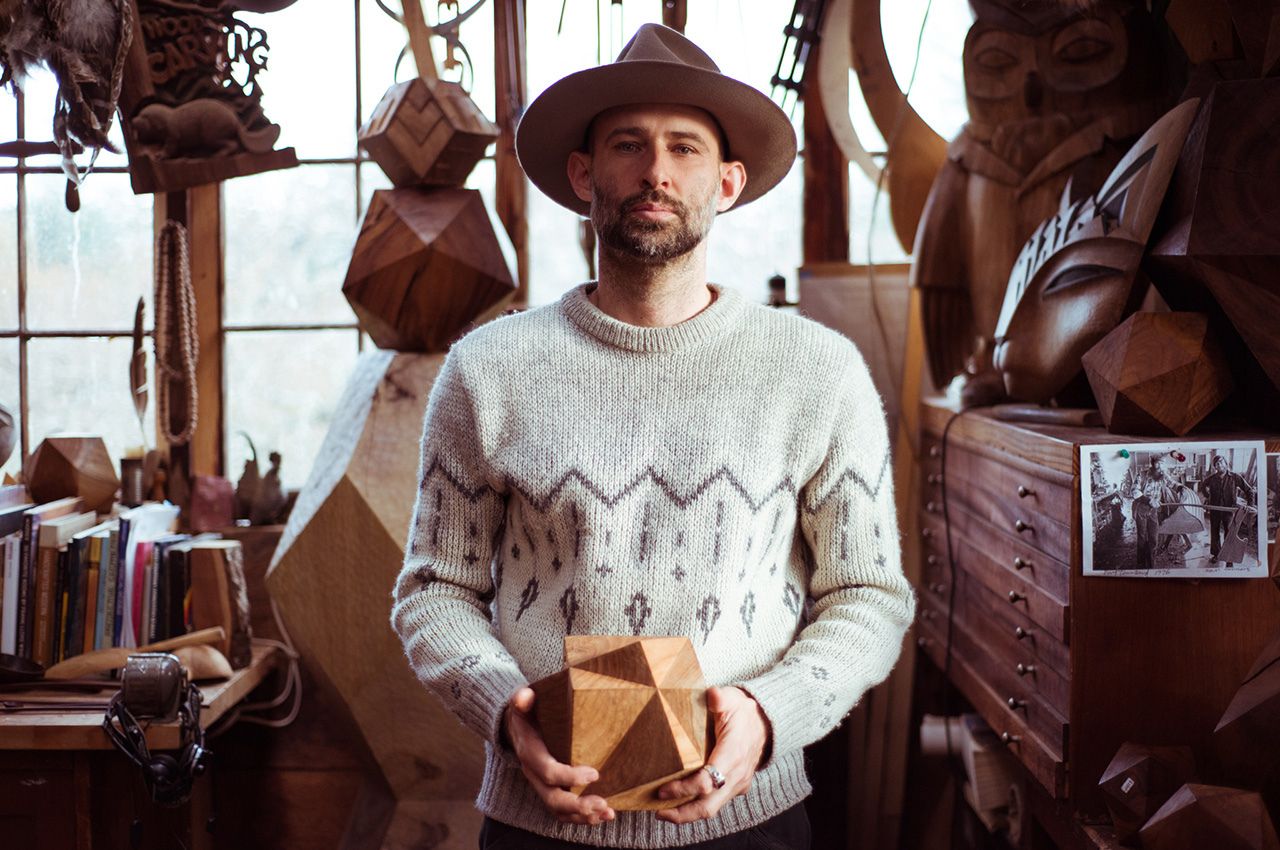
As Geddis’ artistic journey unfolds, a consistent theme emerges—exploring the simple elegance inherent in natural forms. His recent works delve into the integral shapes of Platonic solids, conveying a sense of truth beyond human subjectivity. For the sculptor, these forms possess a magical existence that predates and will outlast humanity, offering viewers the pleasure of interacting with something timeless and profound. His Orcas Island studio serves as the birthplace of each meticulously handcrafted piece, connecting the artist’s work to the landscapes that have shaped him.
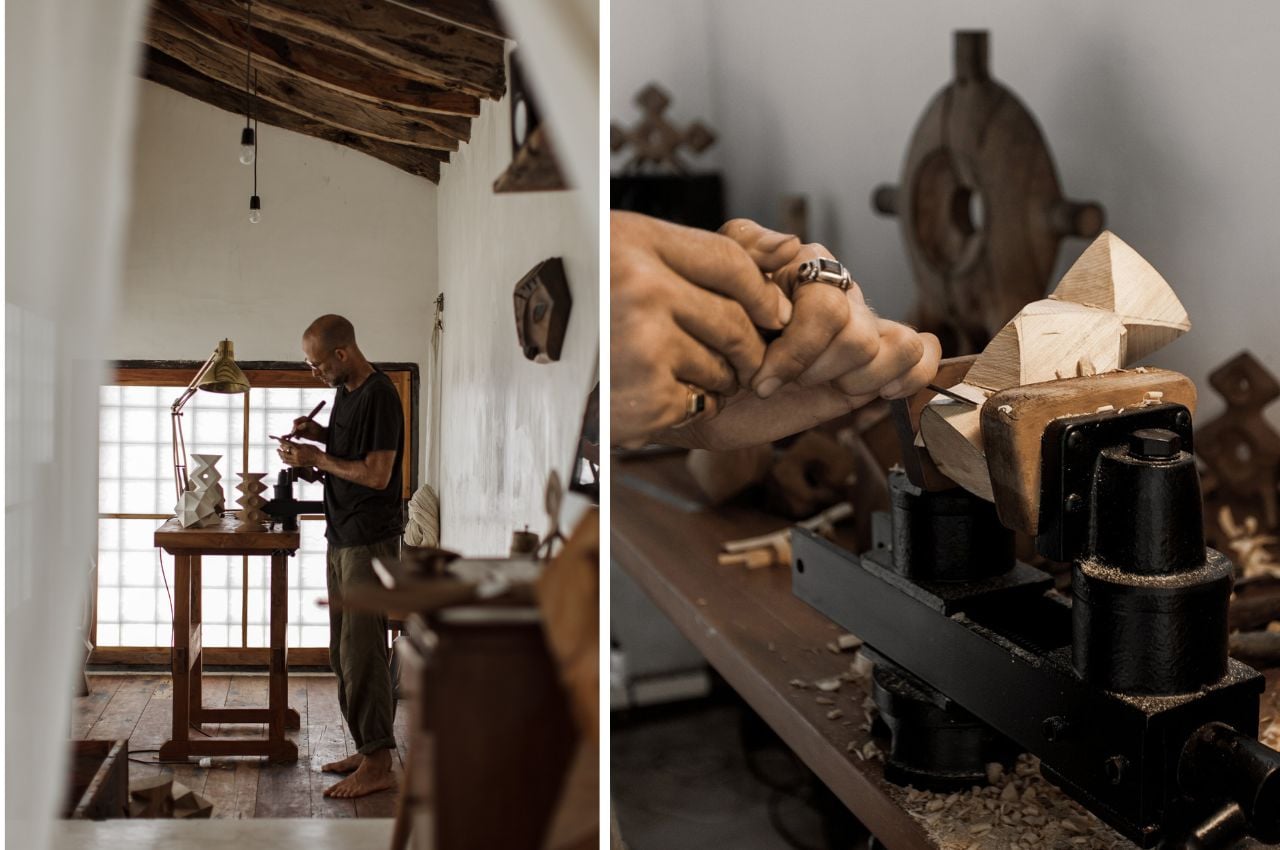
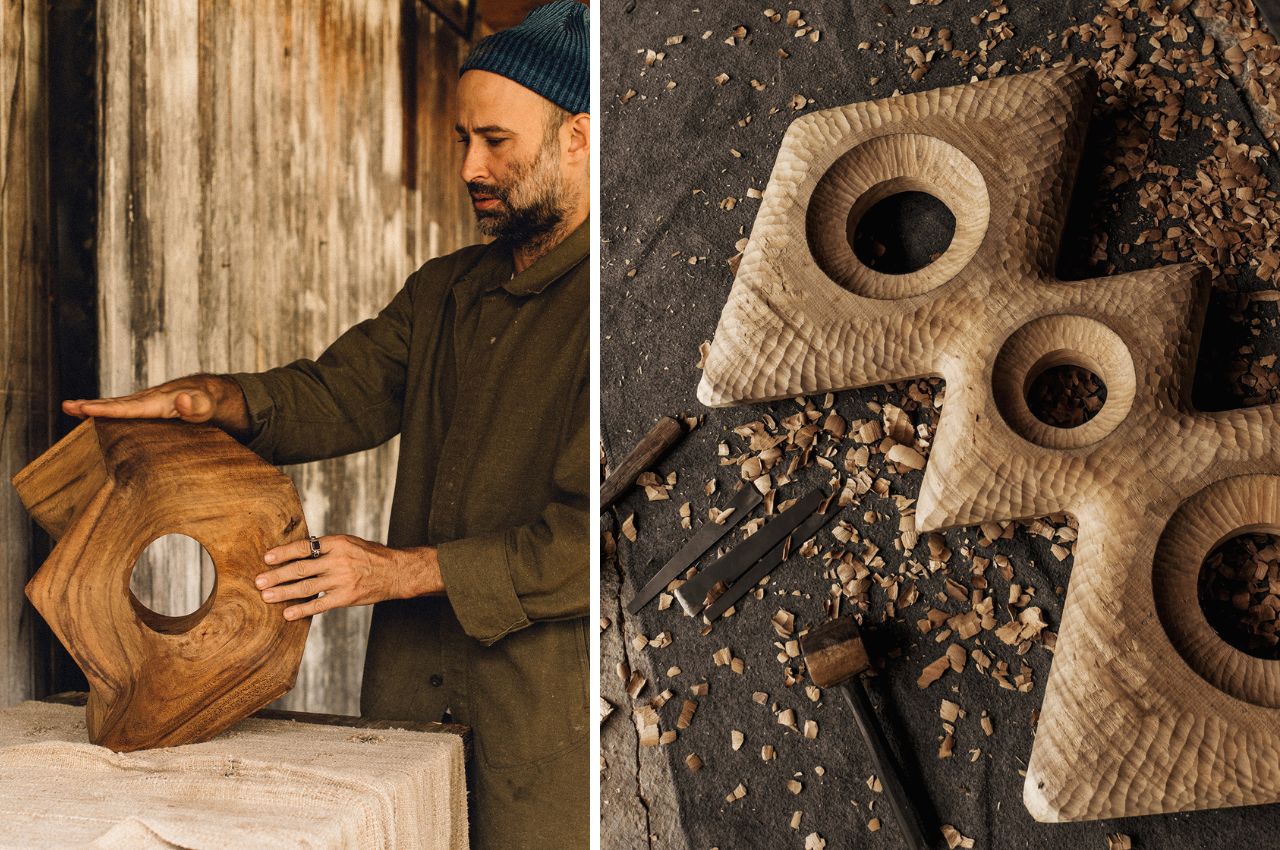
The sculptor acknowledges the profound impact of a trip to Japan on his artistic exploration. Exposed to the country’s rich woodworking tradition, he integrates Japanese craftsmanship elements into his sculptural endeavors. This influence adds depth and diversity to his work, contributing to a body of art that seamlessly weaves together figurative, abstract, and even architectural elements.
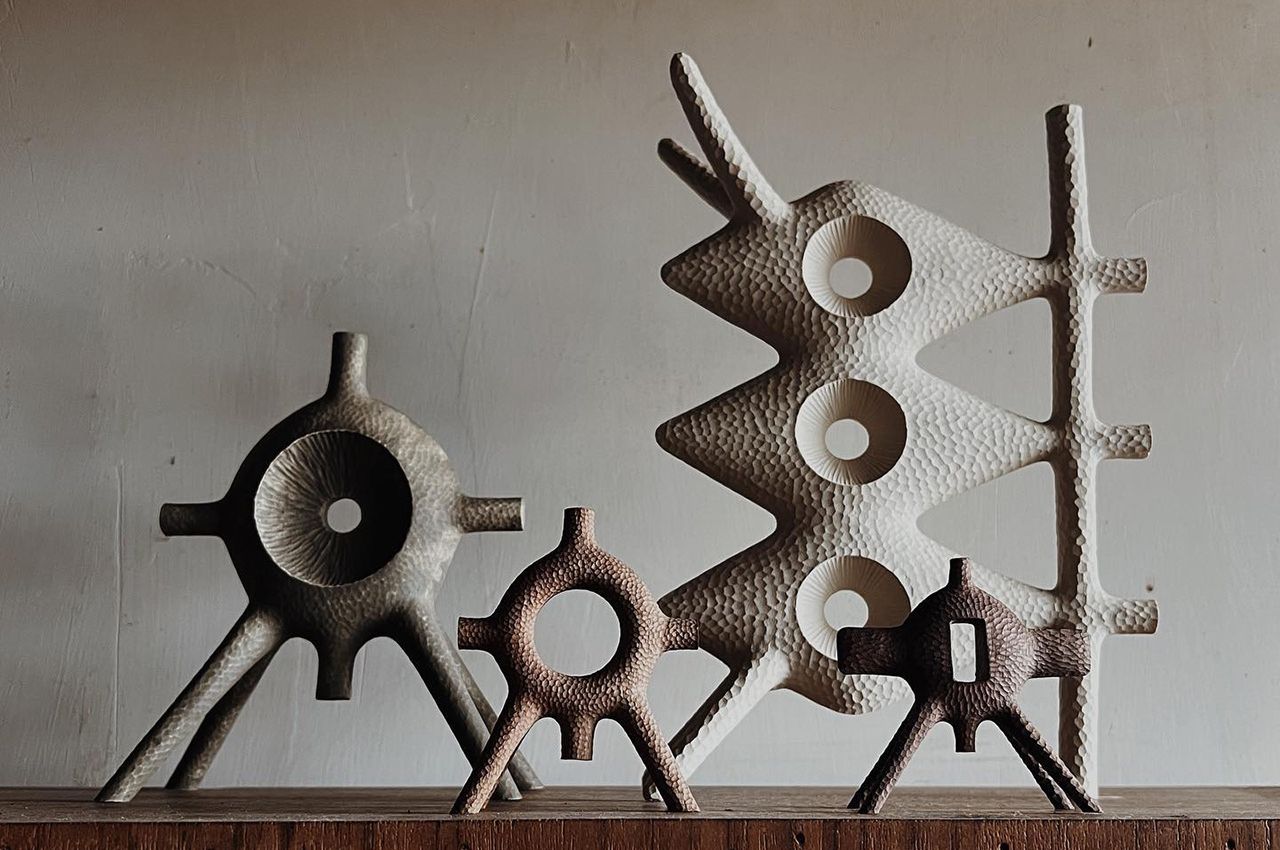
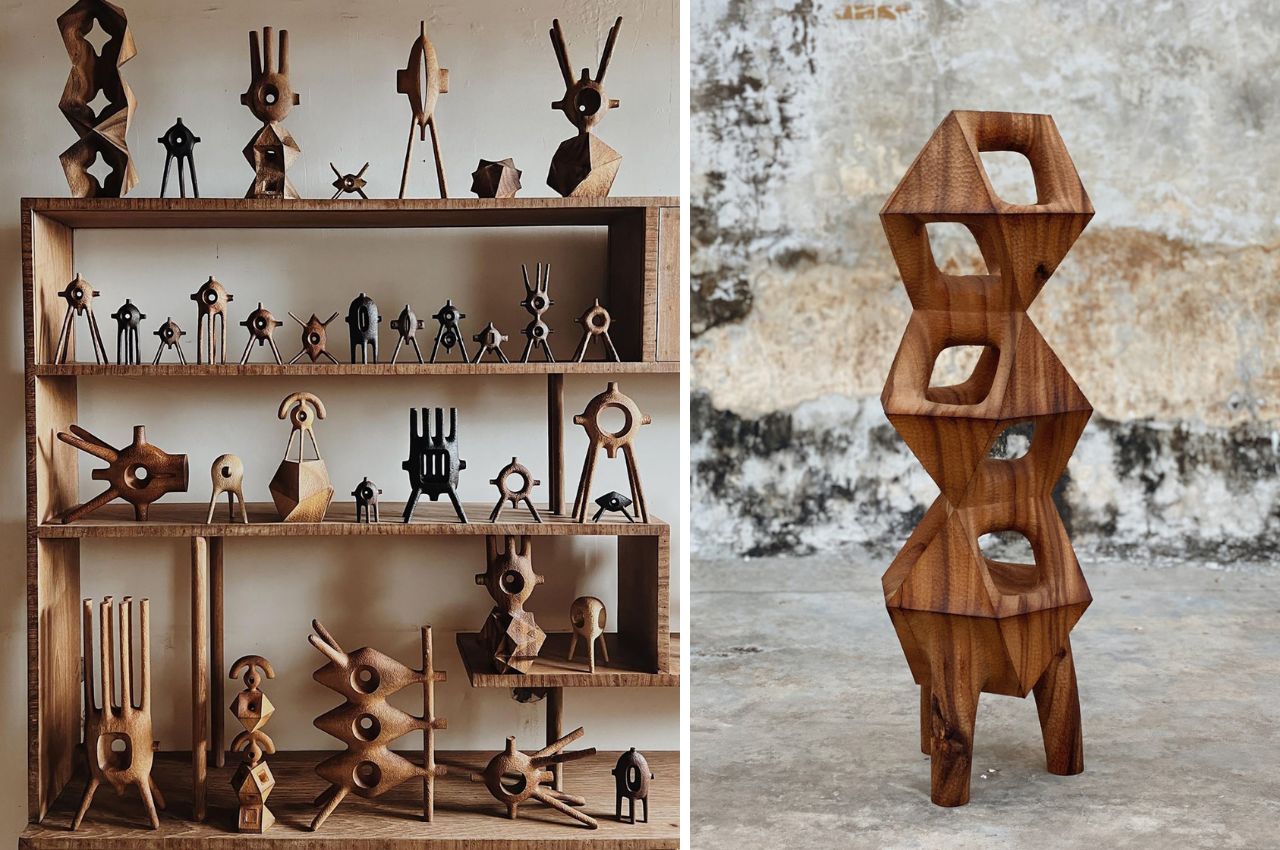
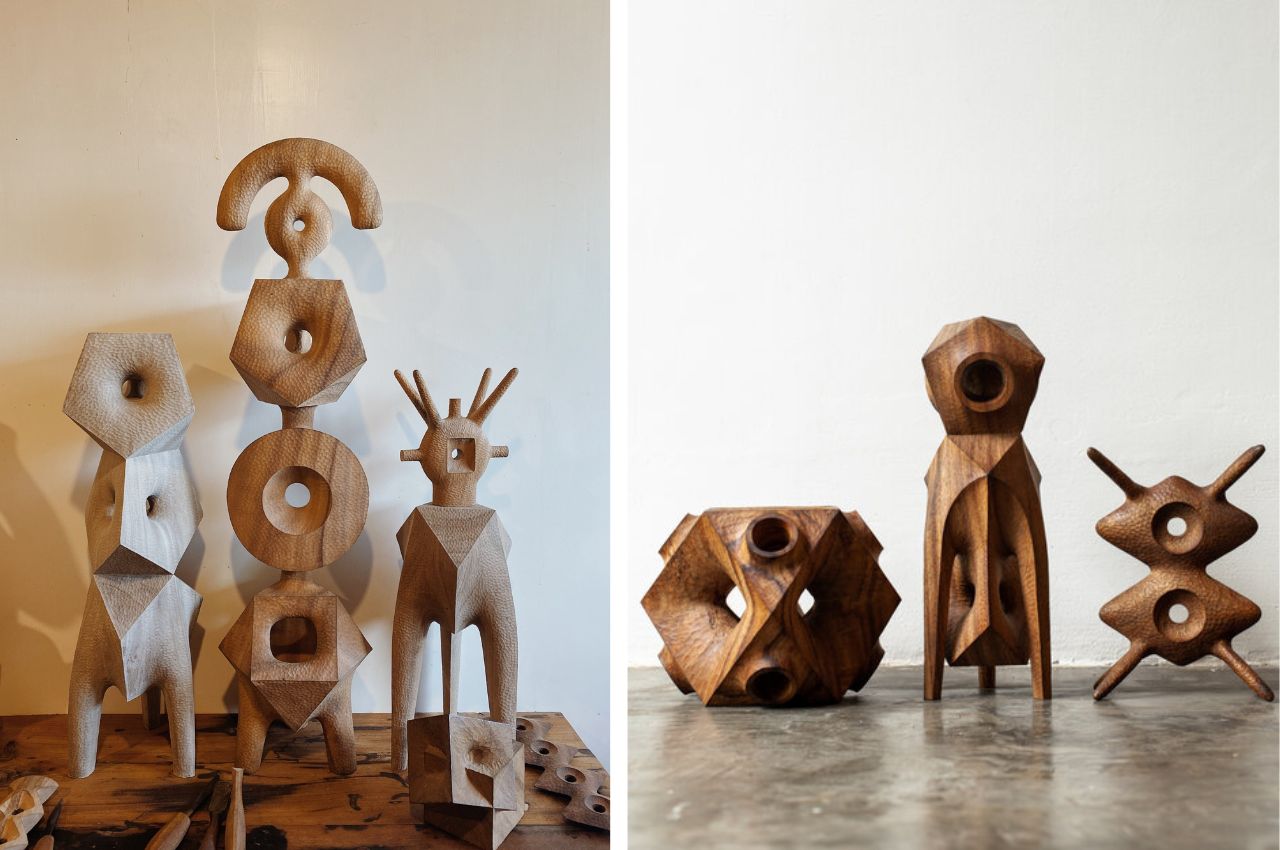
Geddis’ sculptures cross the rational realm of mathematics and Platonic solids while embracing a spiritually inspired curiosity about sacred geometry. Some of his vertical pieces evoke a softer interpretation of Brutalist forms, while others conjure visions of wondrous alien audio speakers reminiscent of Arcosanti. Each creation invites viewers to contemplate the intersection of the tangible and the transcendent, encouraging a deeper exploration of the mystical dimensions embedded in his wooden sculptures. Each of his pieces is an artwork that makes you think, learn, and build conversations. And trust me, the longer you look at them, the more there is to keep.
Aleph Geddis’ sculptures are more than mere artistic expressions; they are gateways to a world where tradition, culture, and the inherent beauty of natural forms converge. Each piece from the Pacific Northwest to Japan reflects the artist’s journey, inviting viewers to join him on a visual and conceptual exploration of warm geometries sculpted from wood—a testament to the enduring magic found within the simplicity of shapes and the richness of cultural intersections.
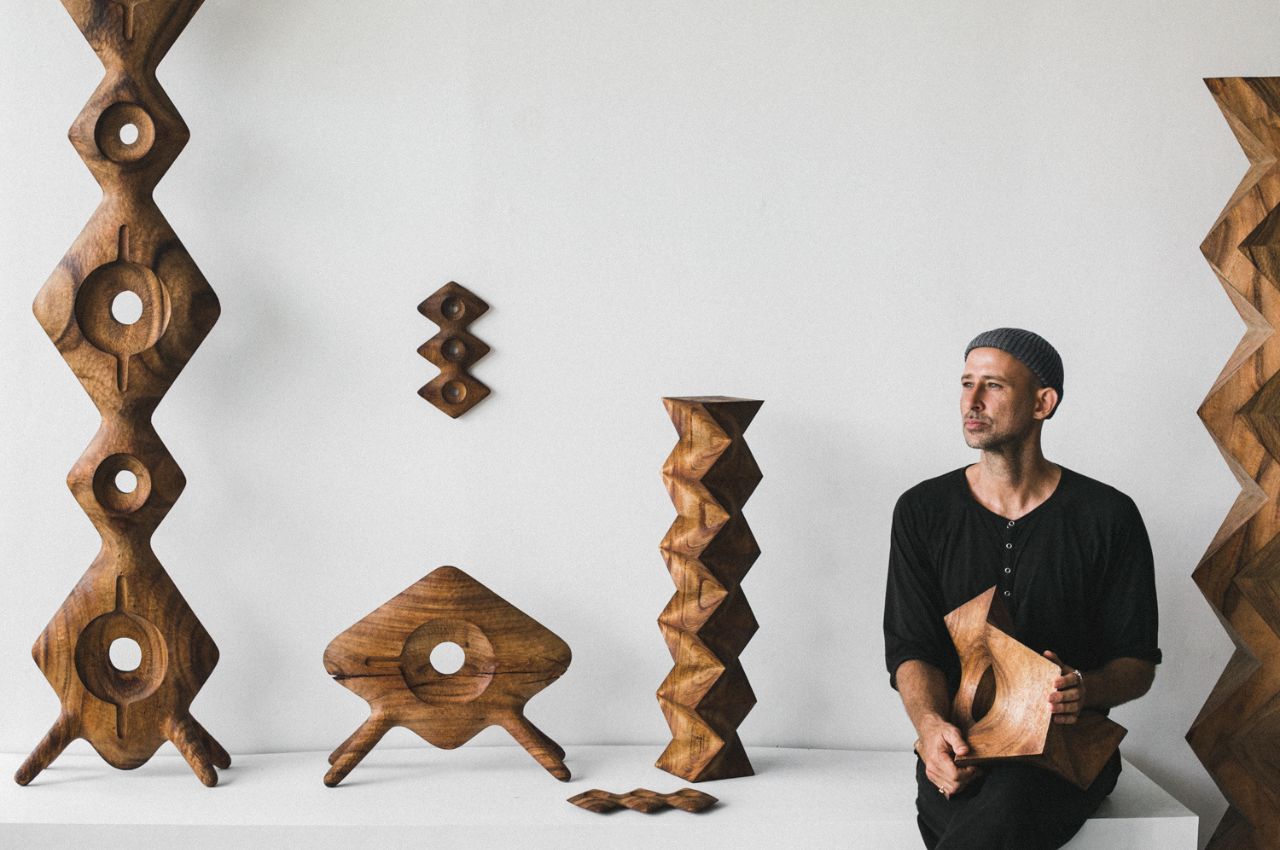
The post The ‘Gentle Geometry’ Of Wood Reflecting Cultures Through Sculptures By Aleph Geddis first appeared on Yanko Design.
